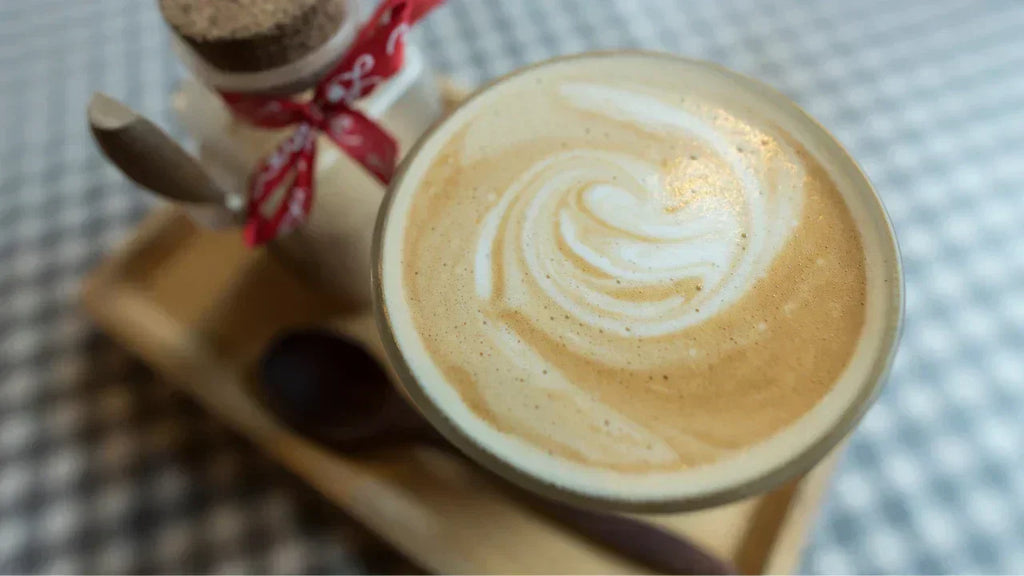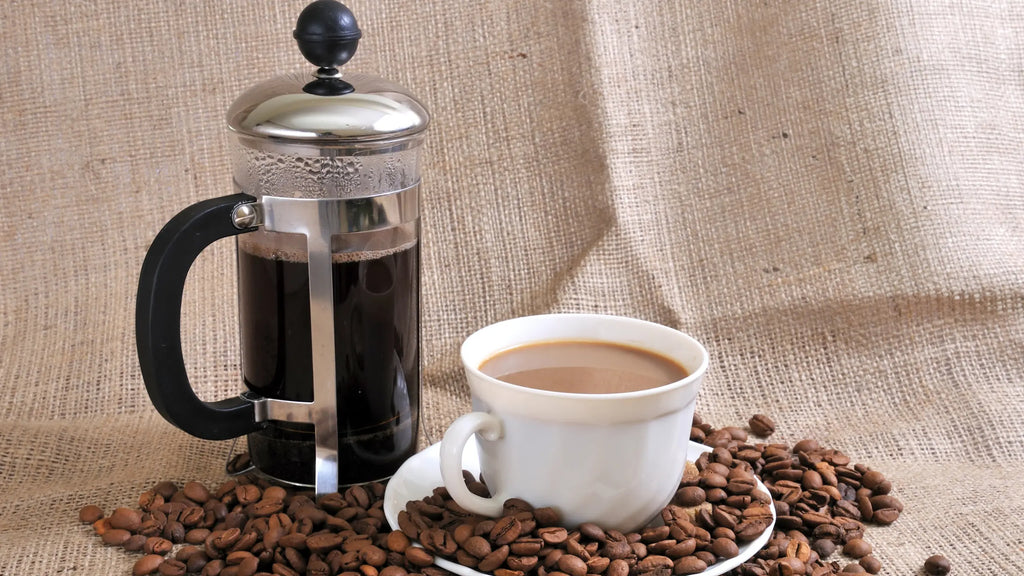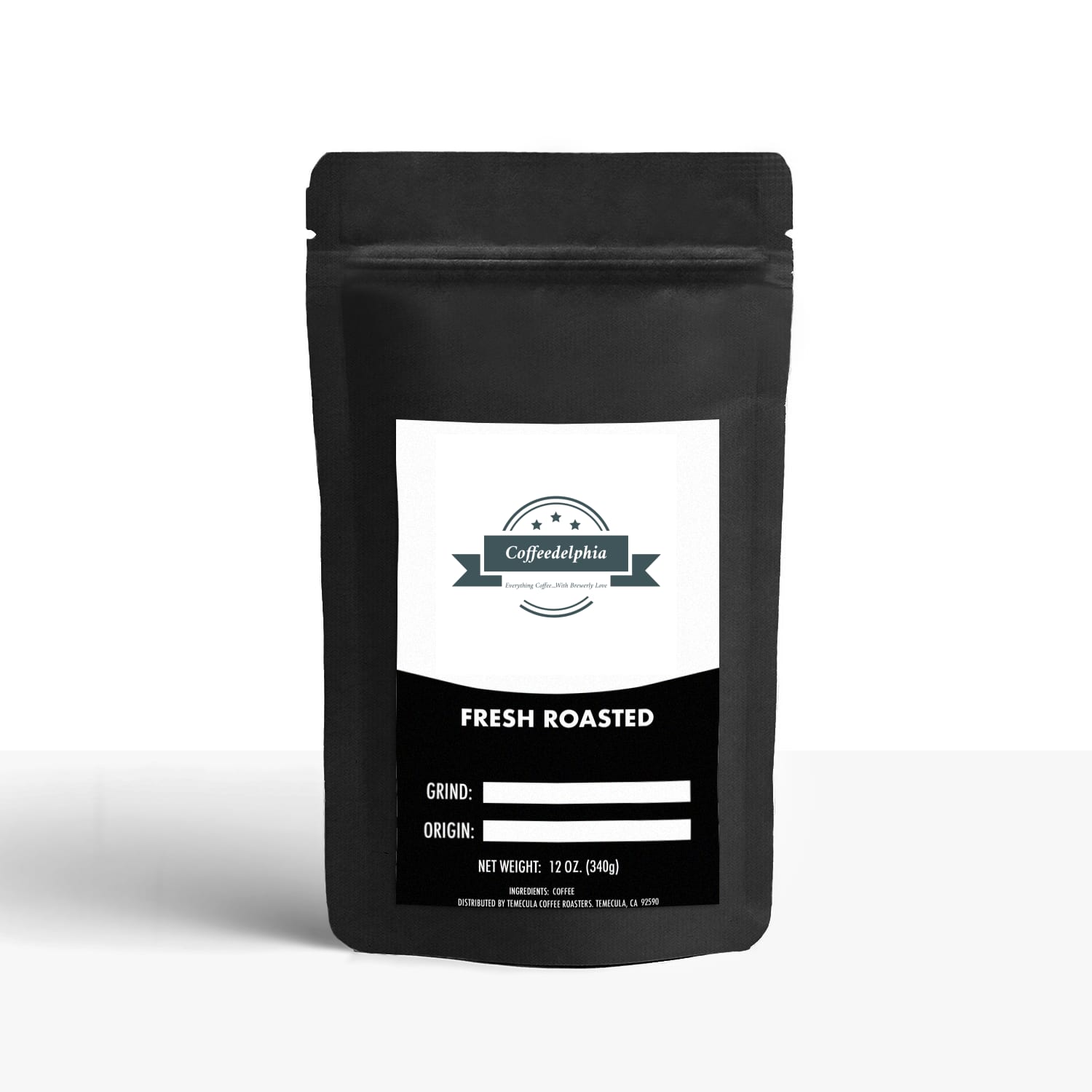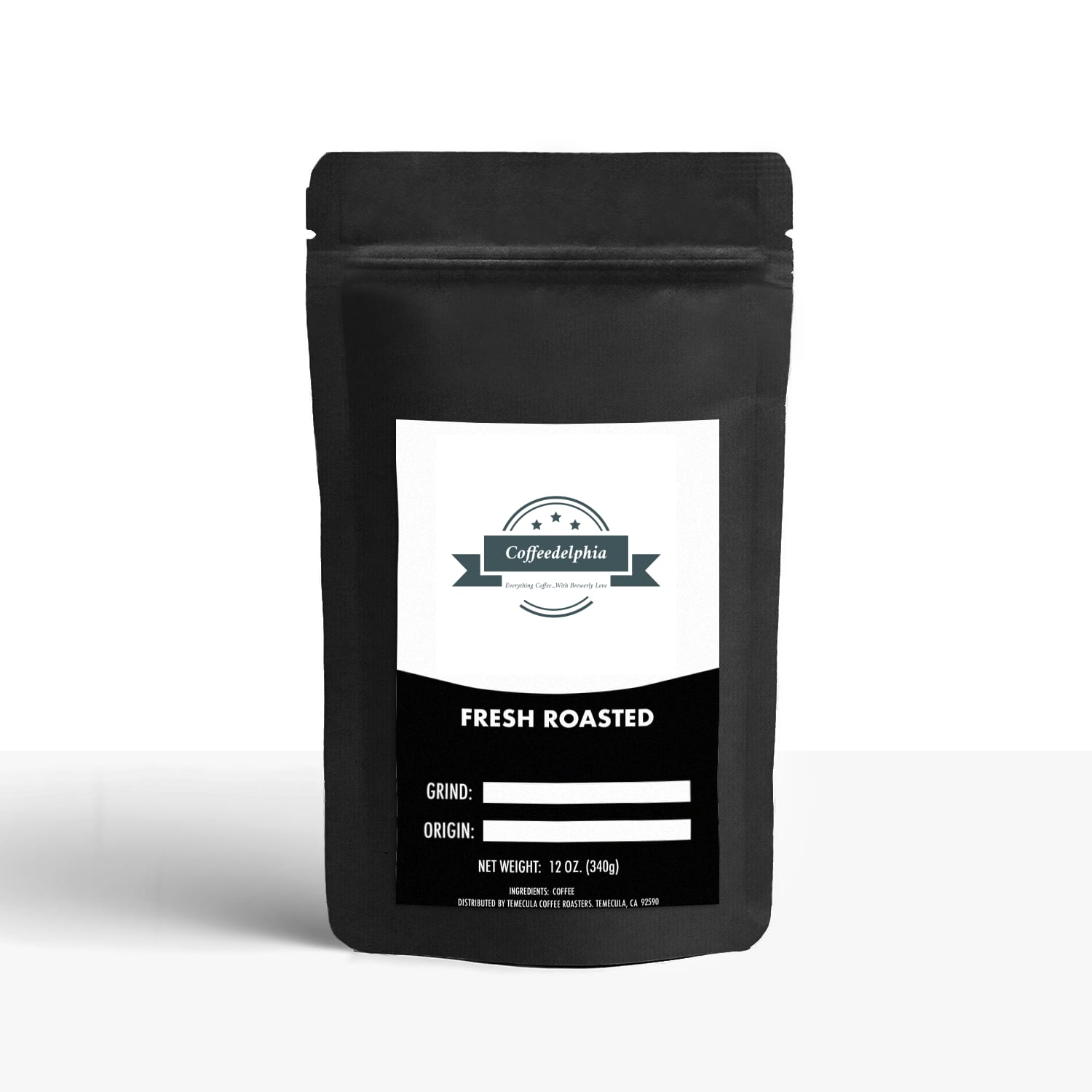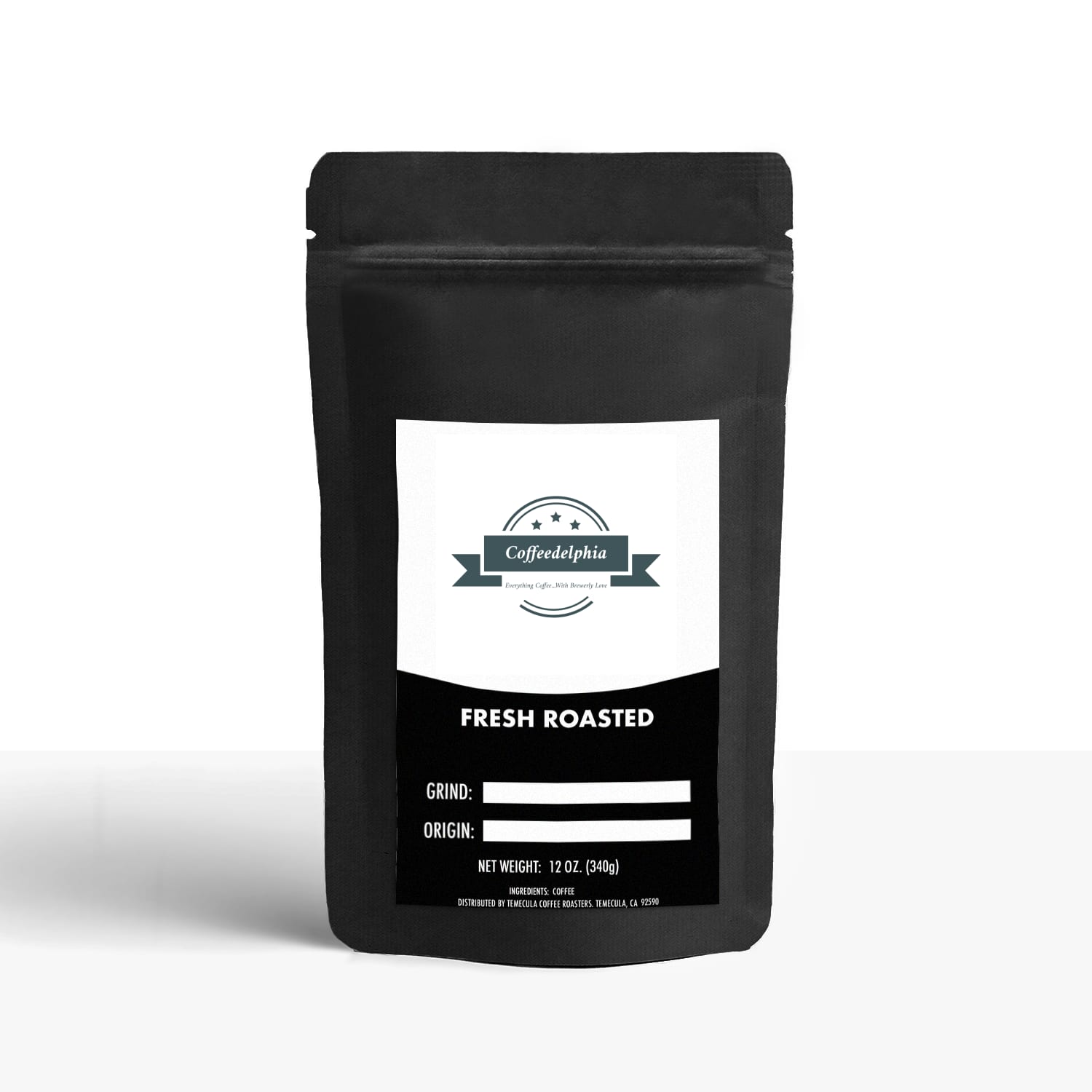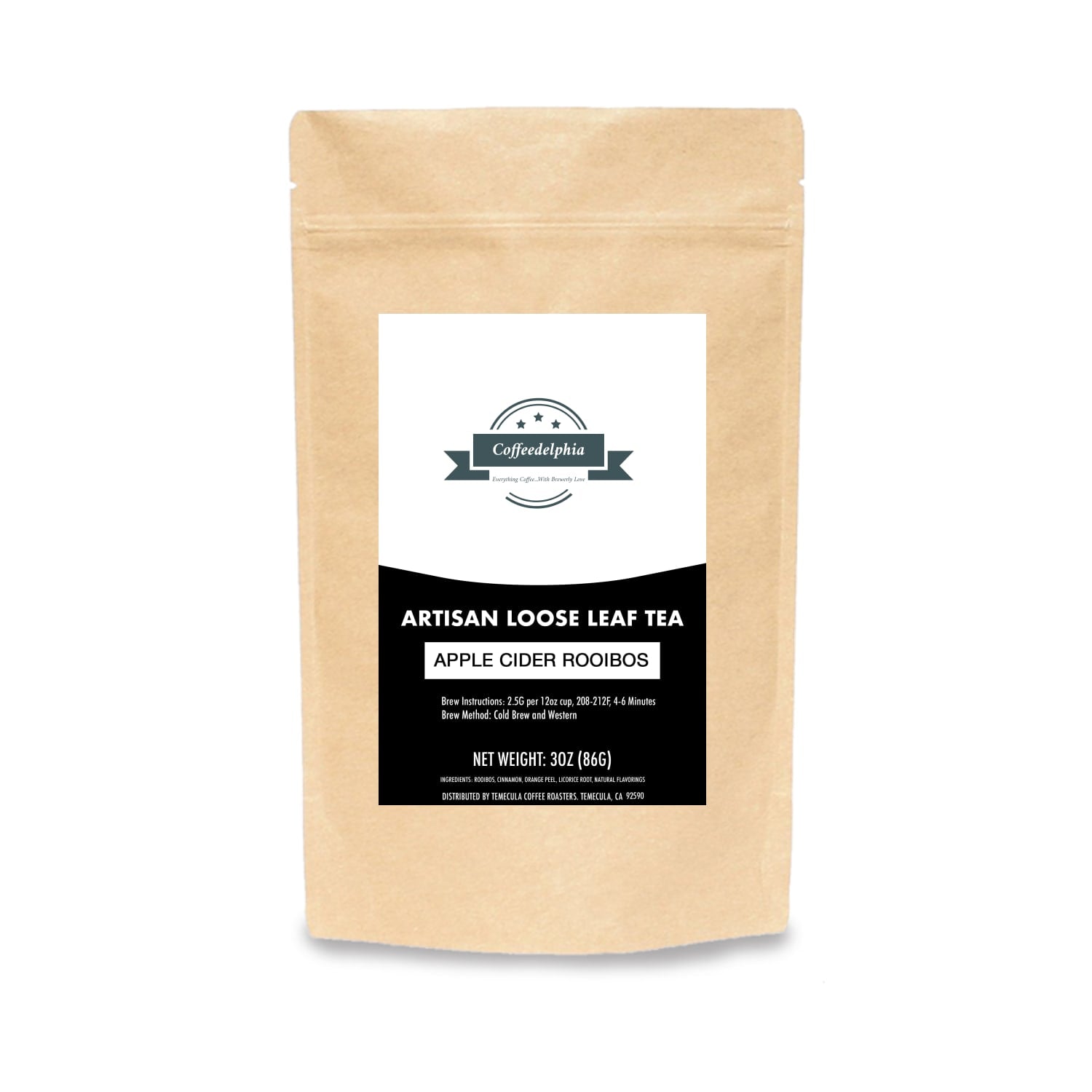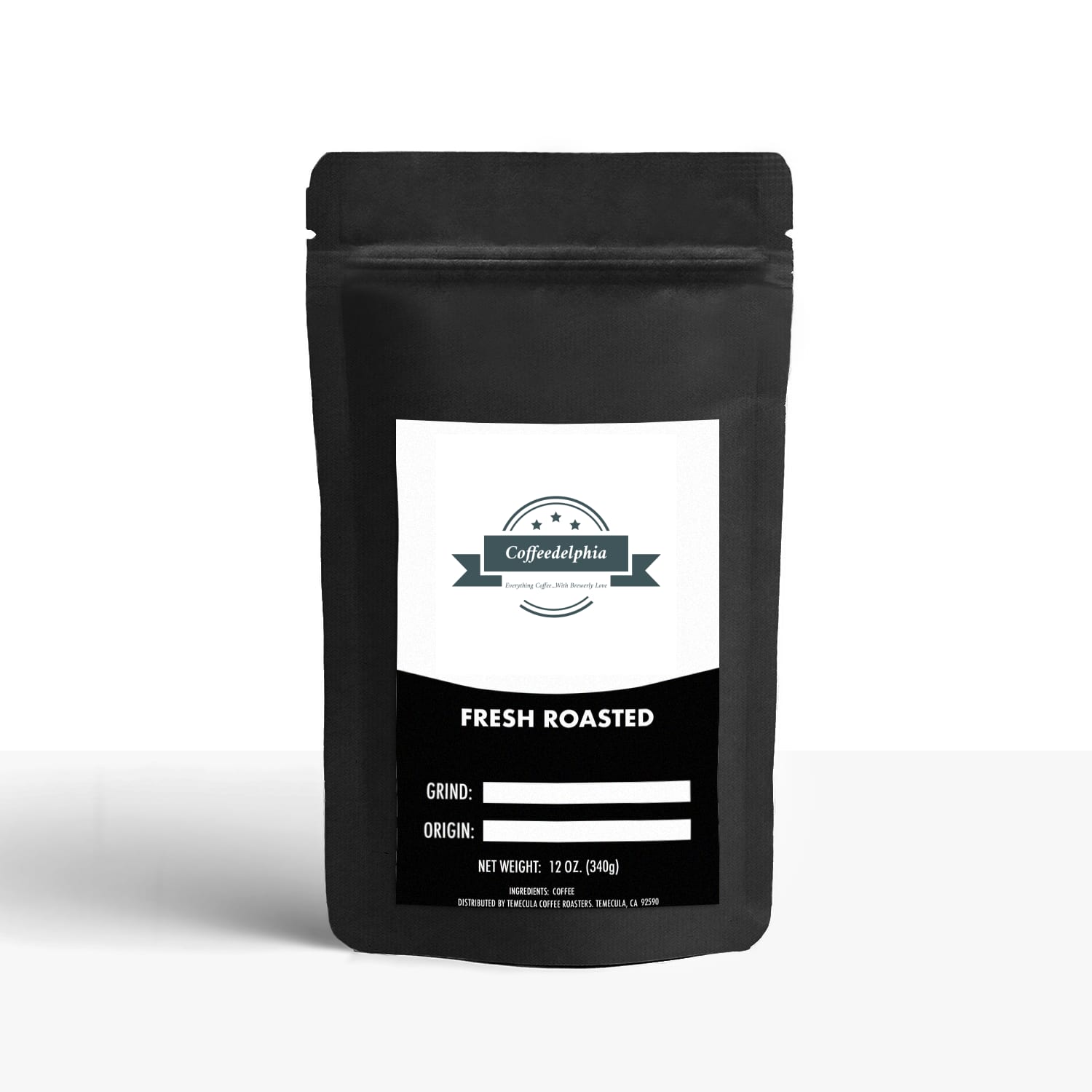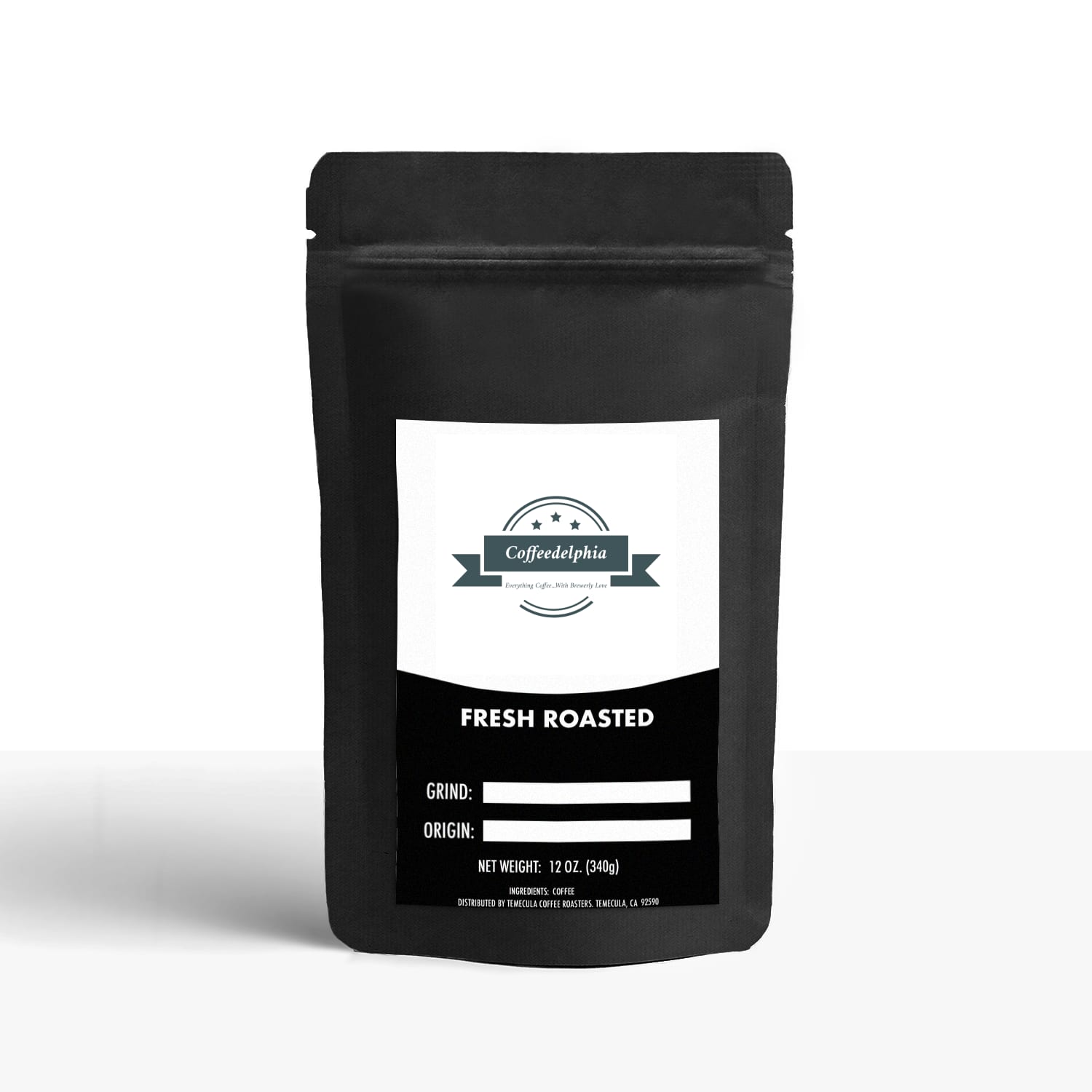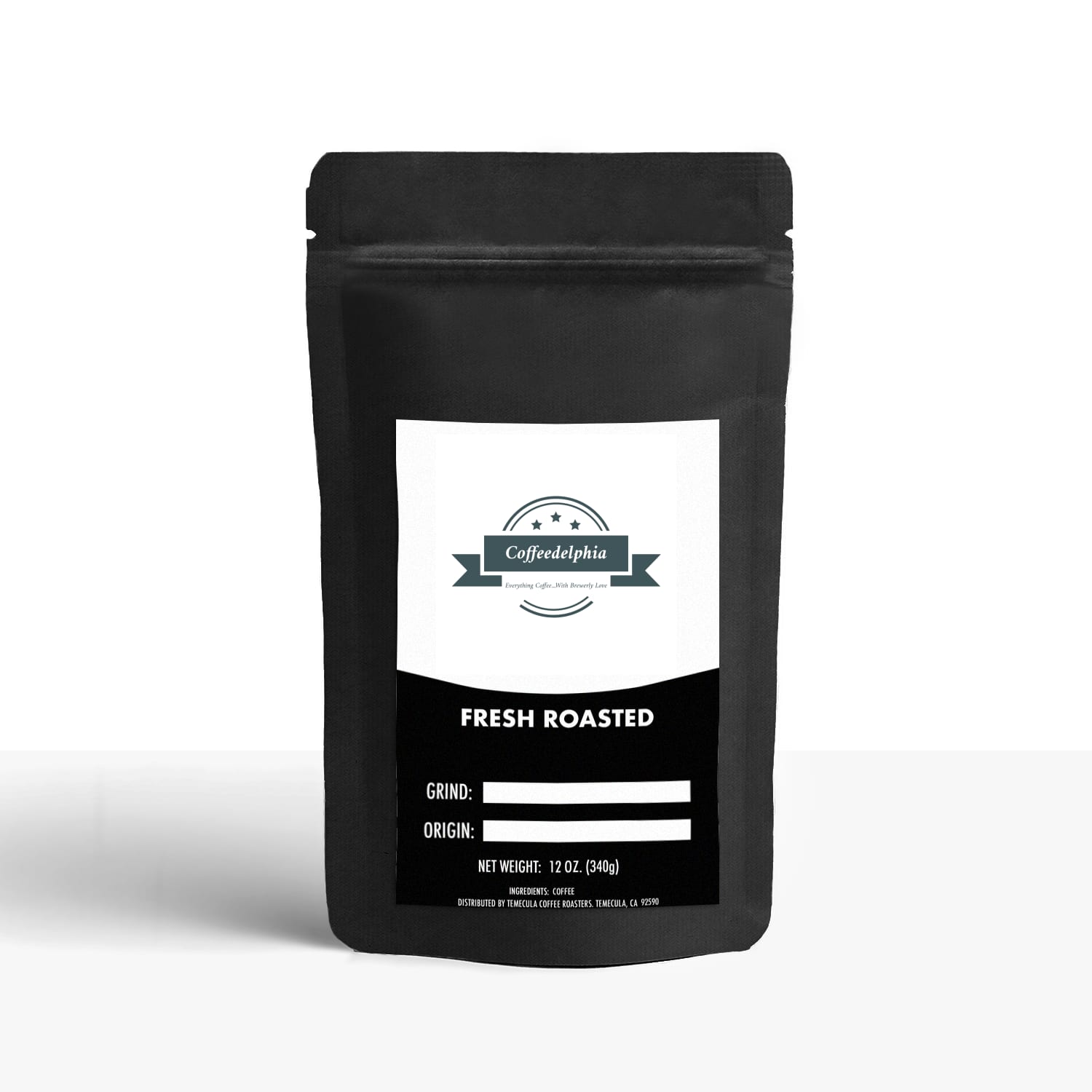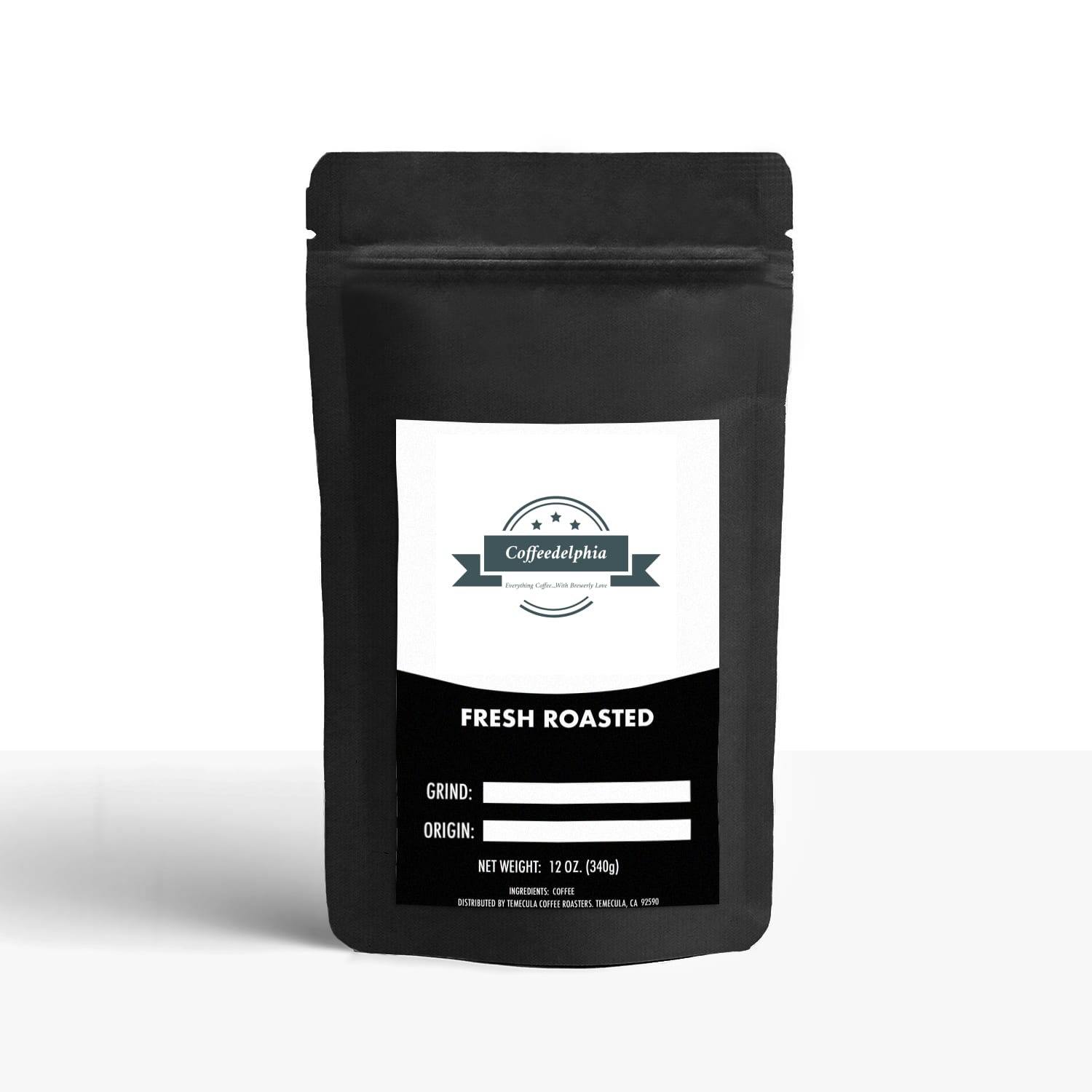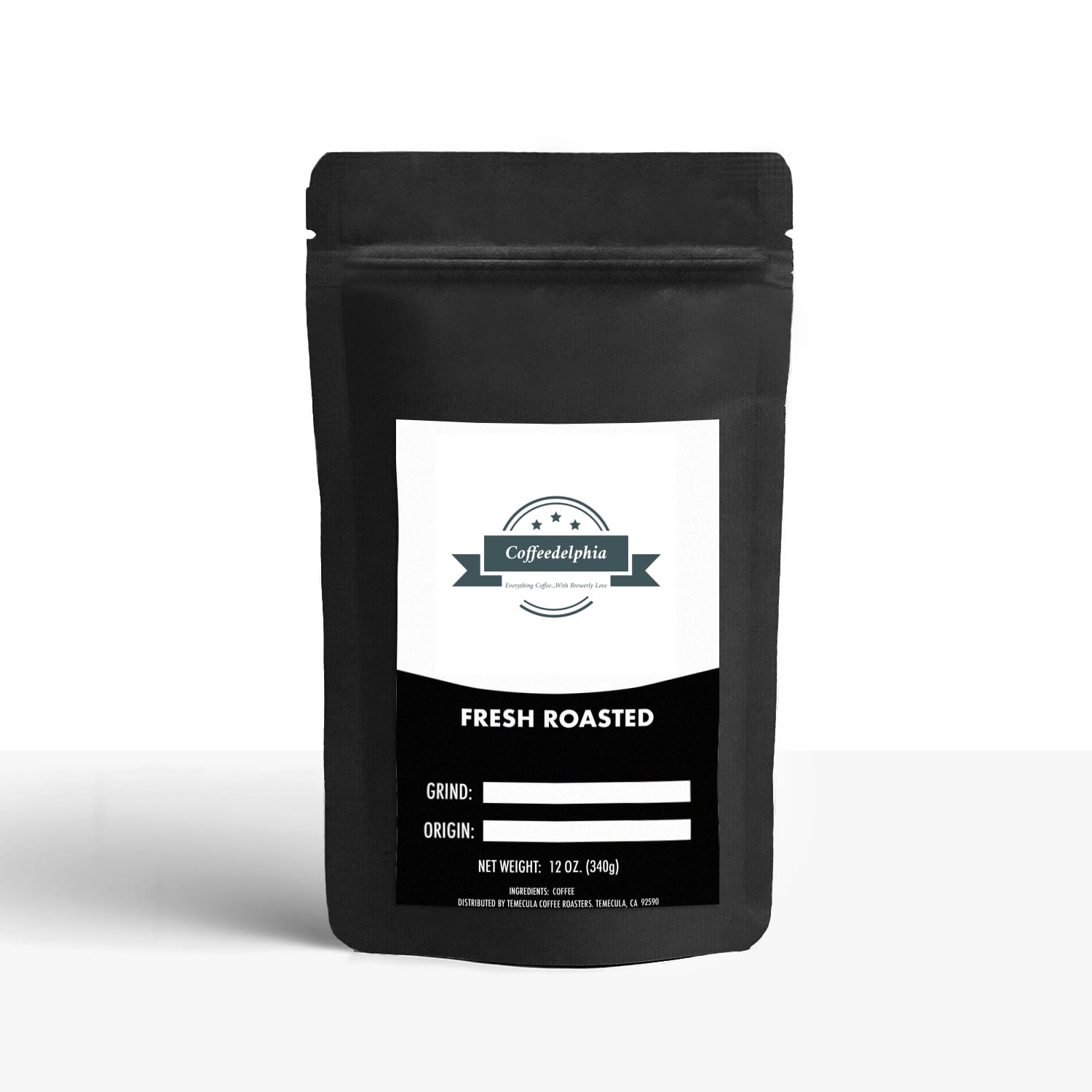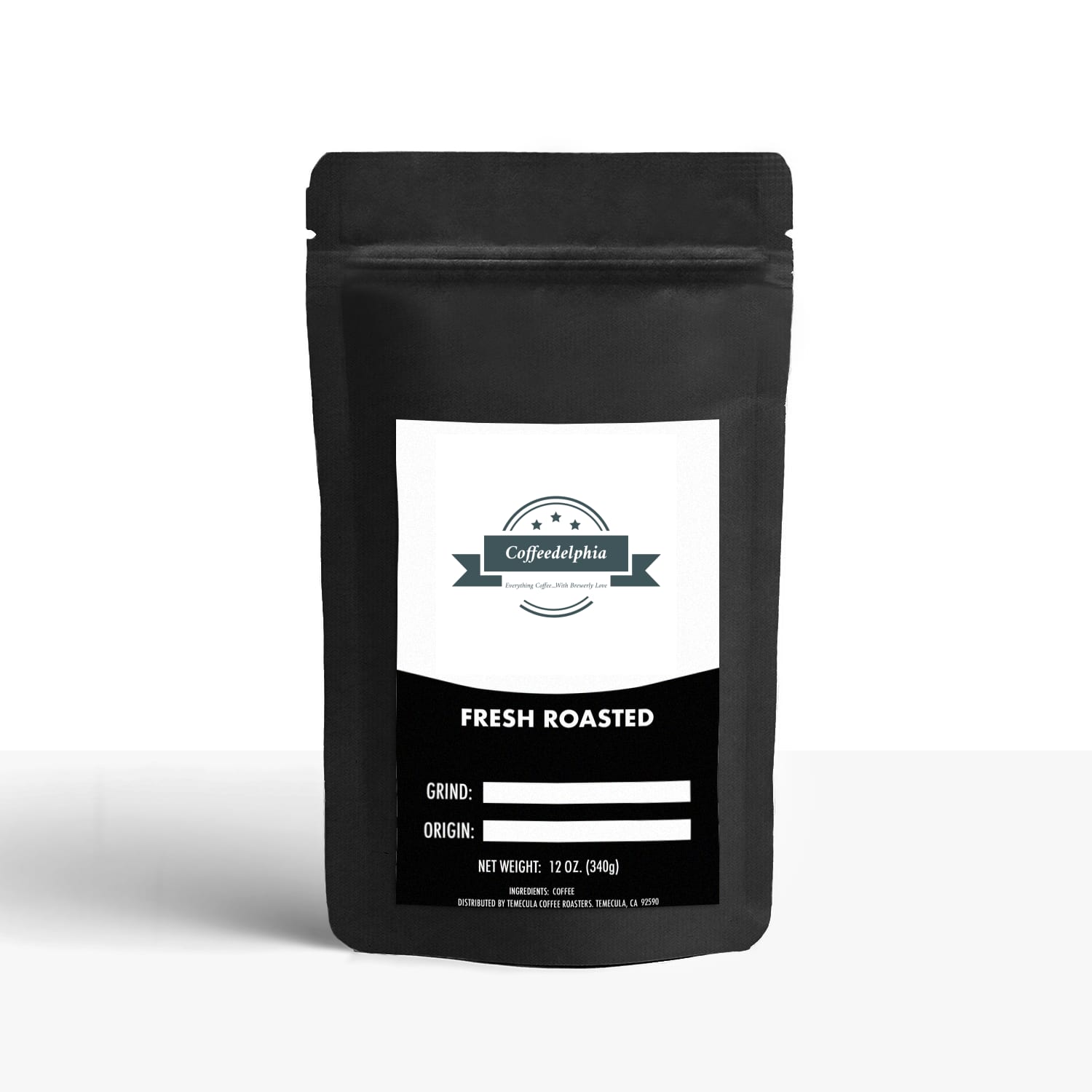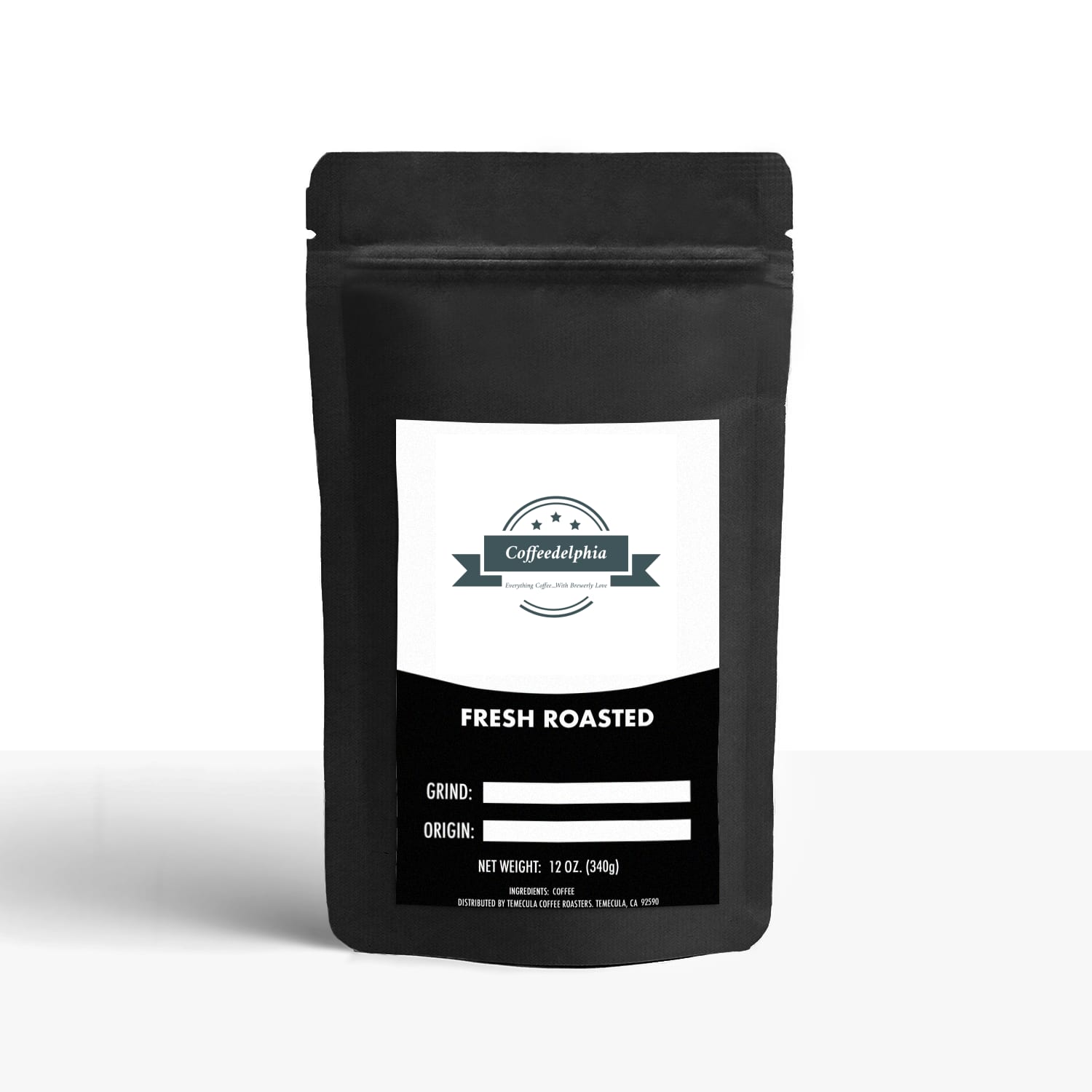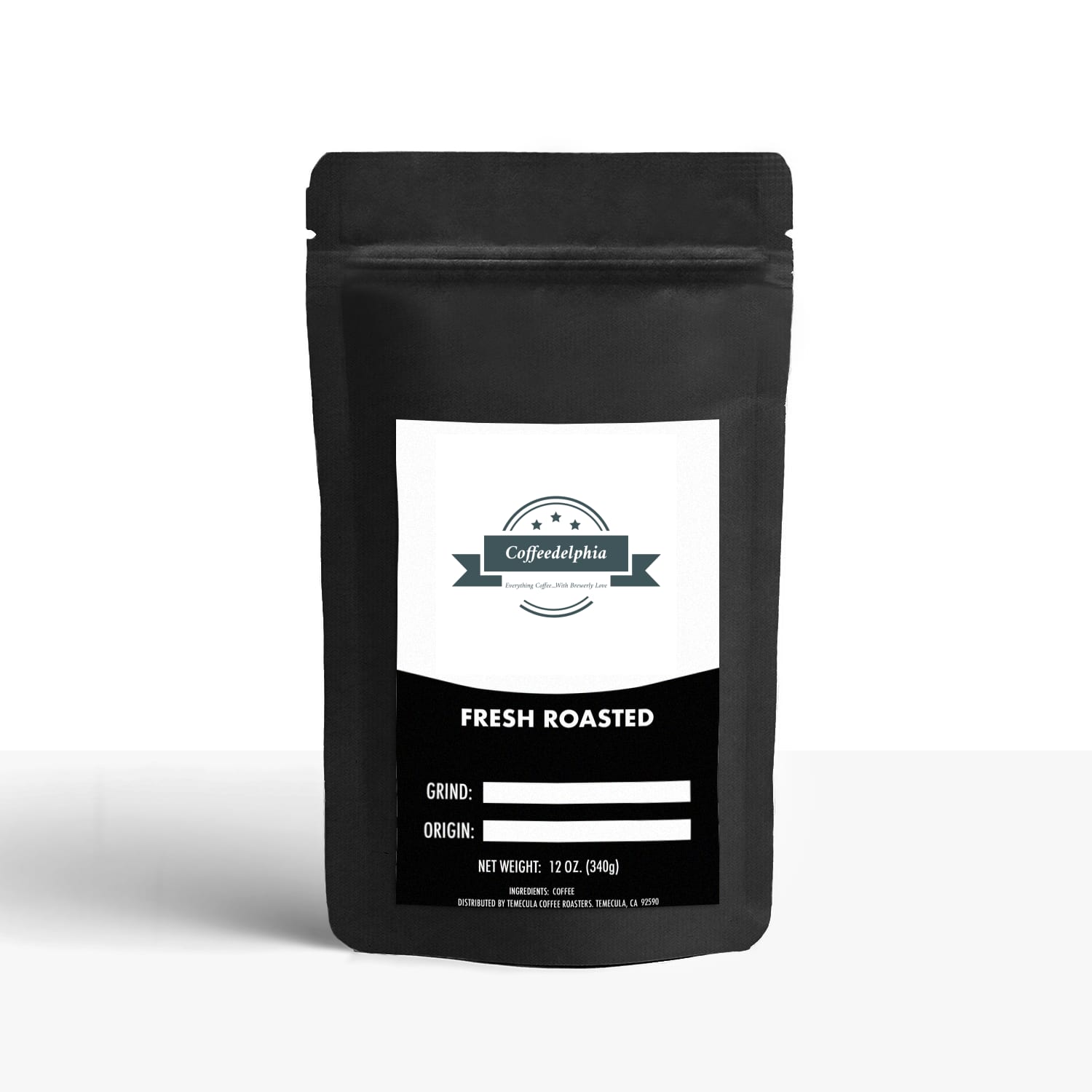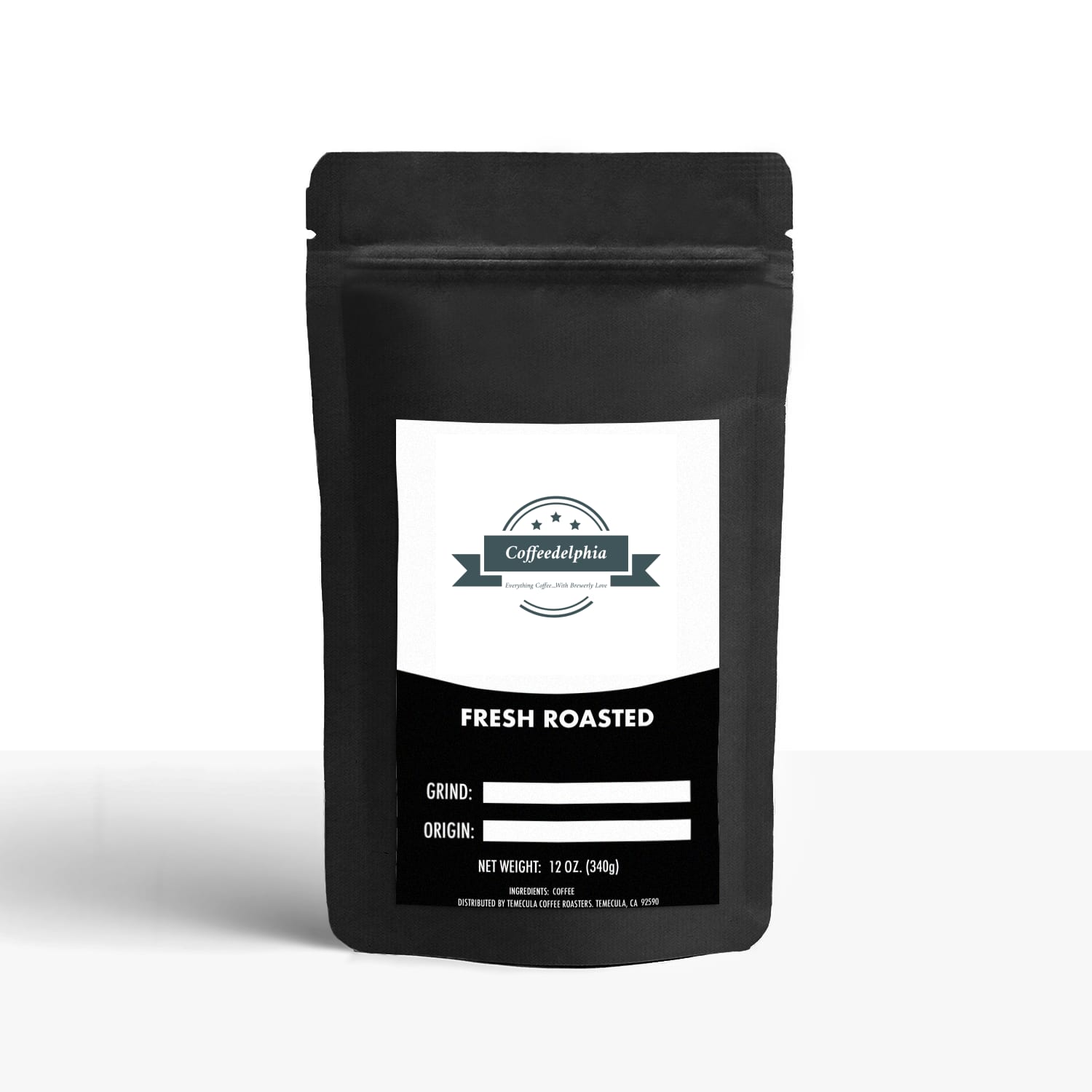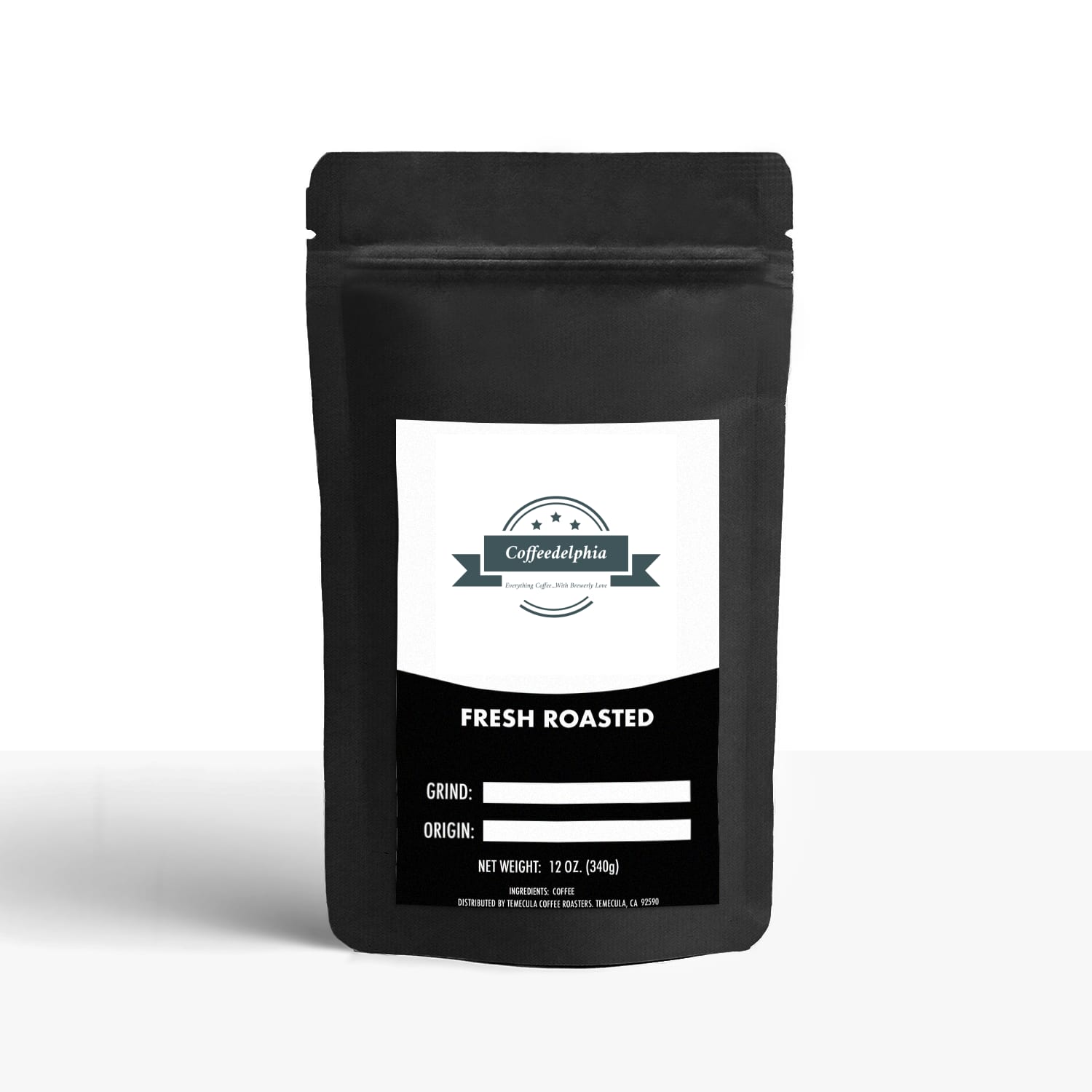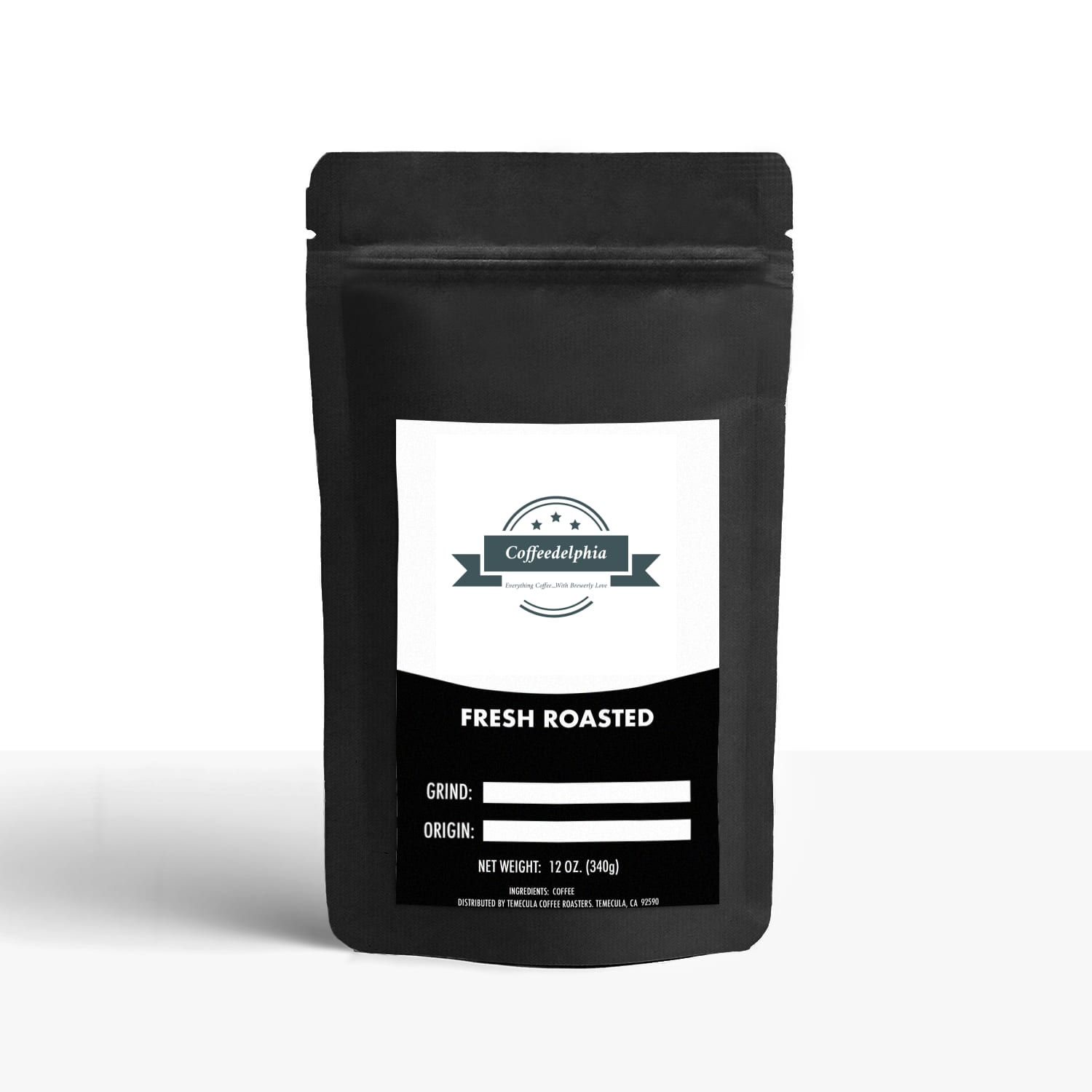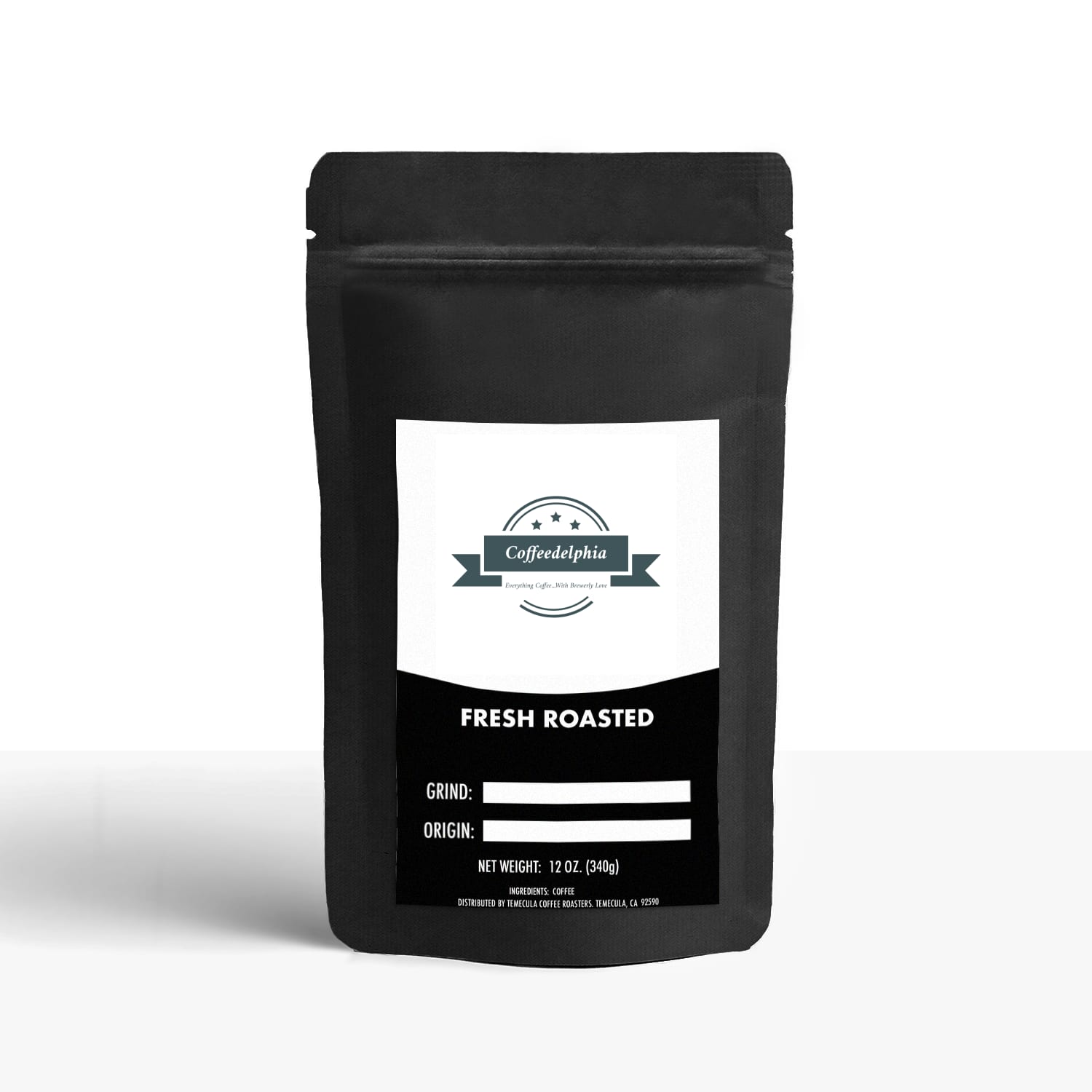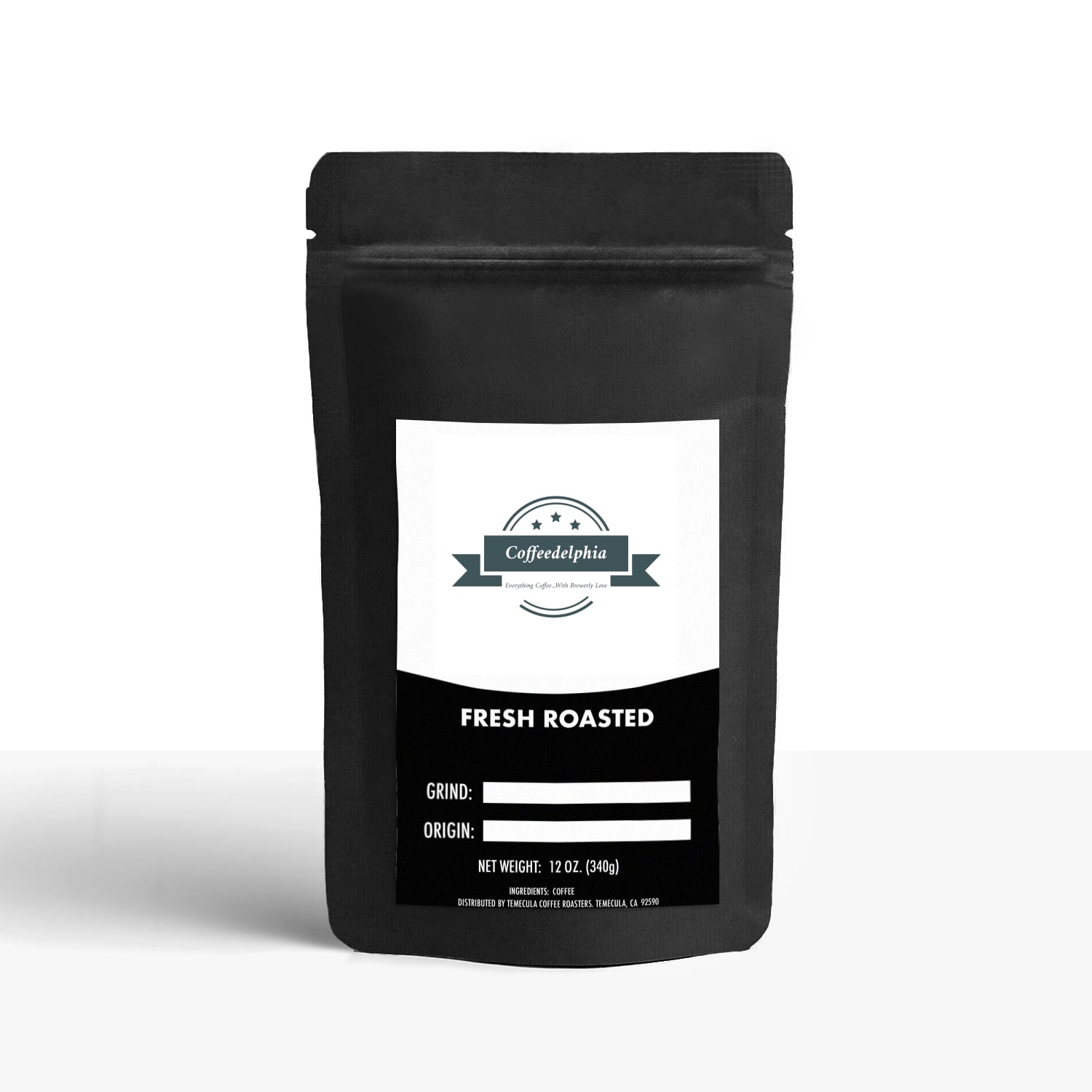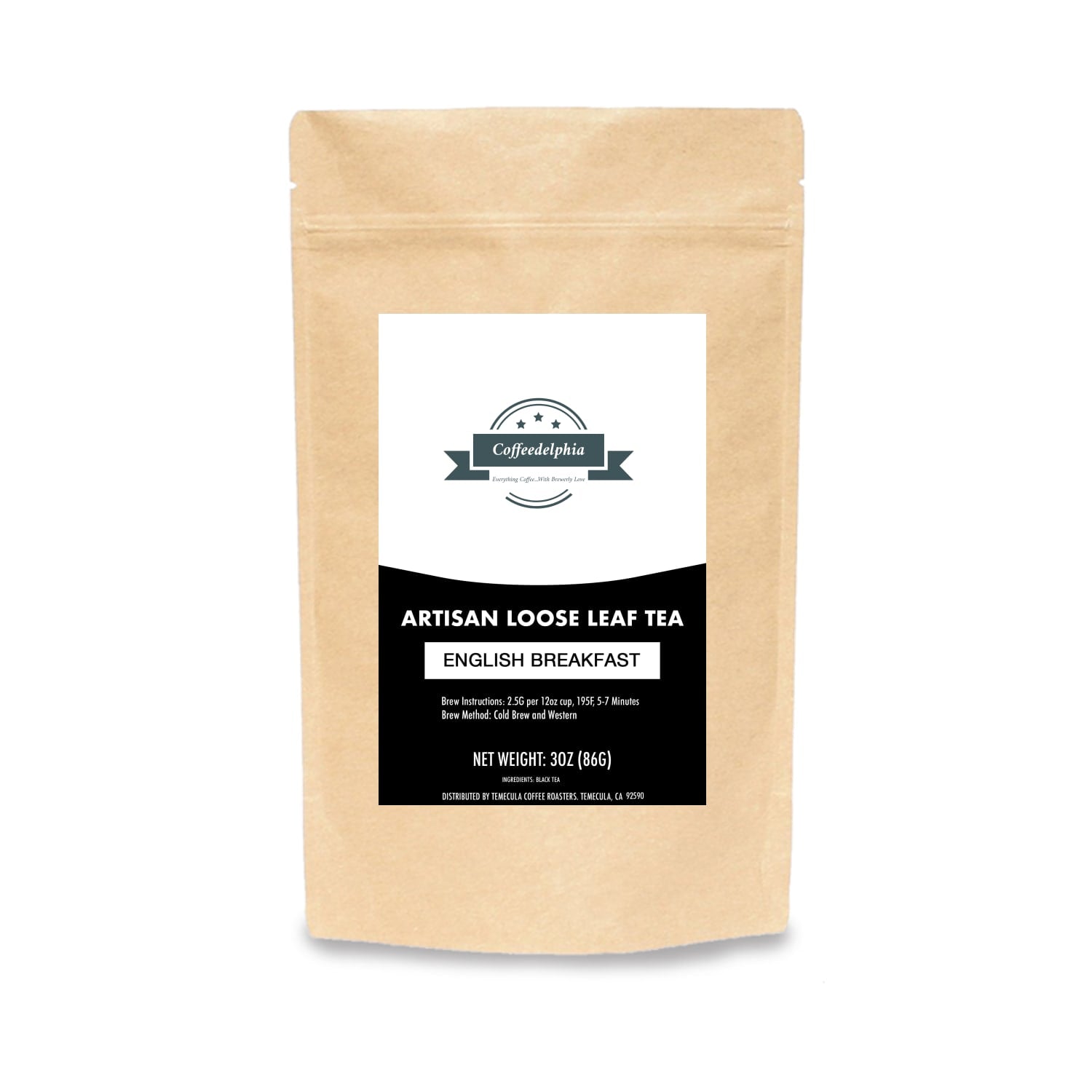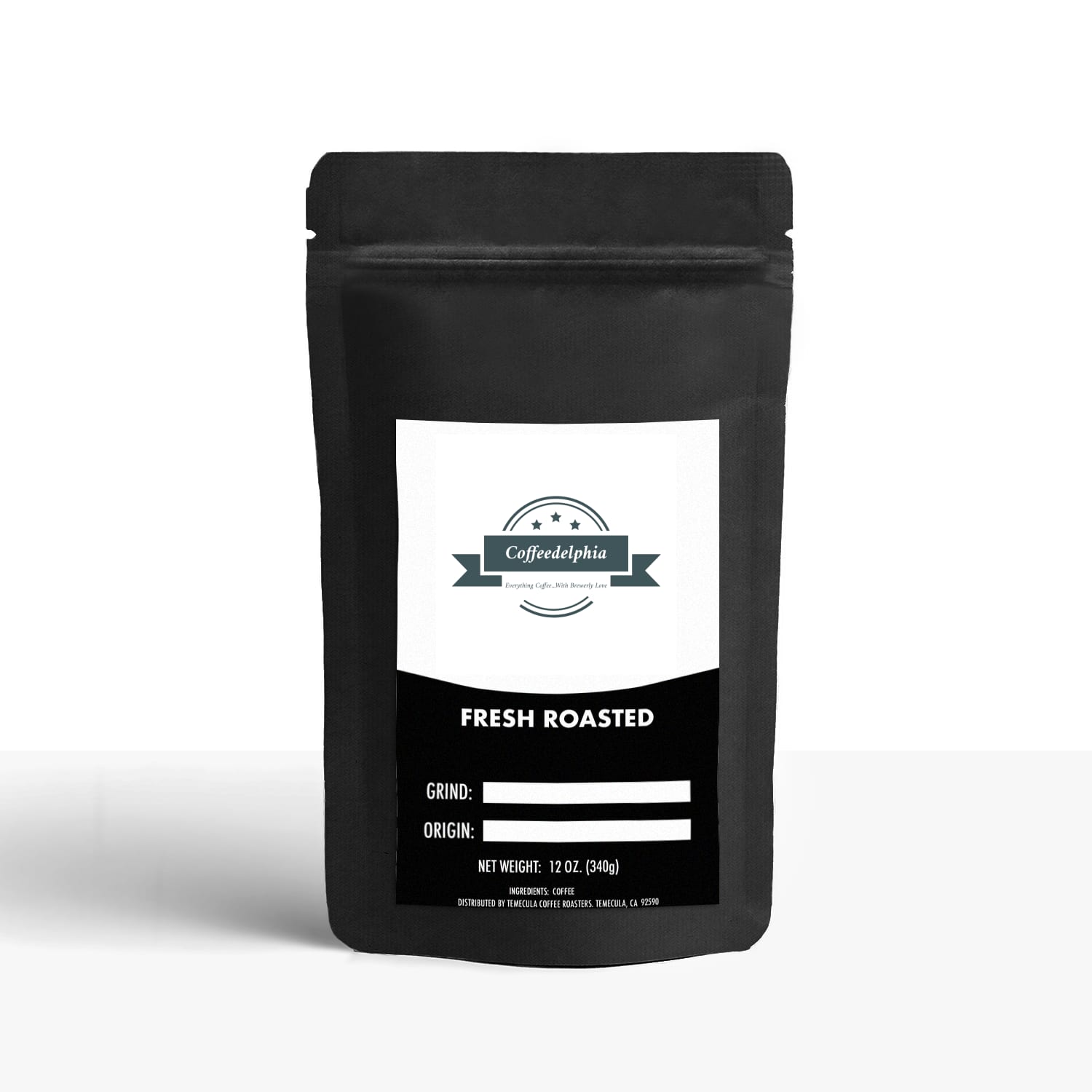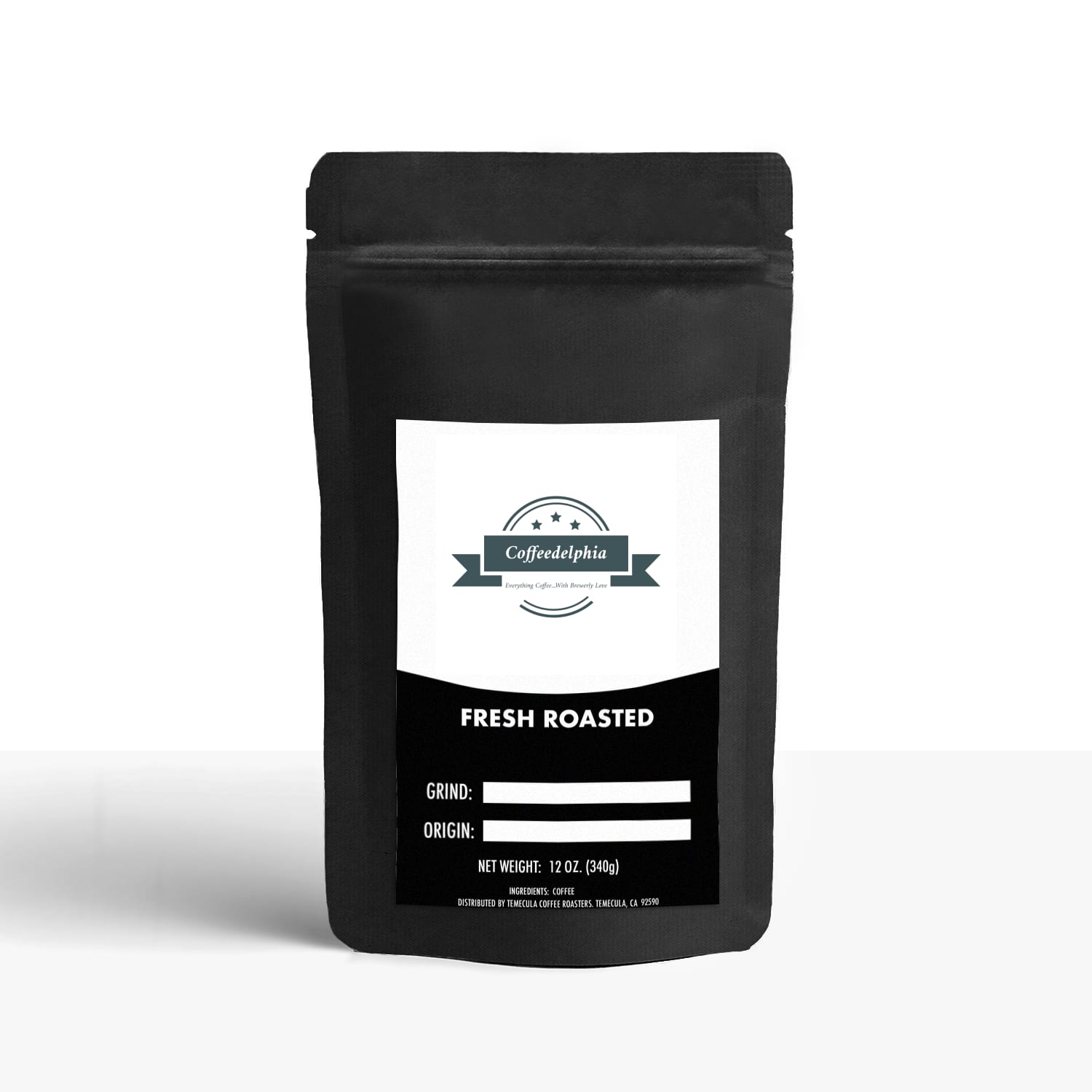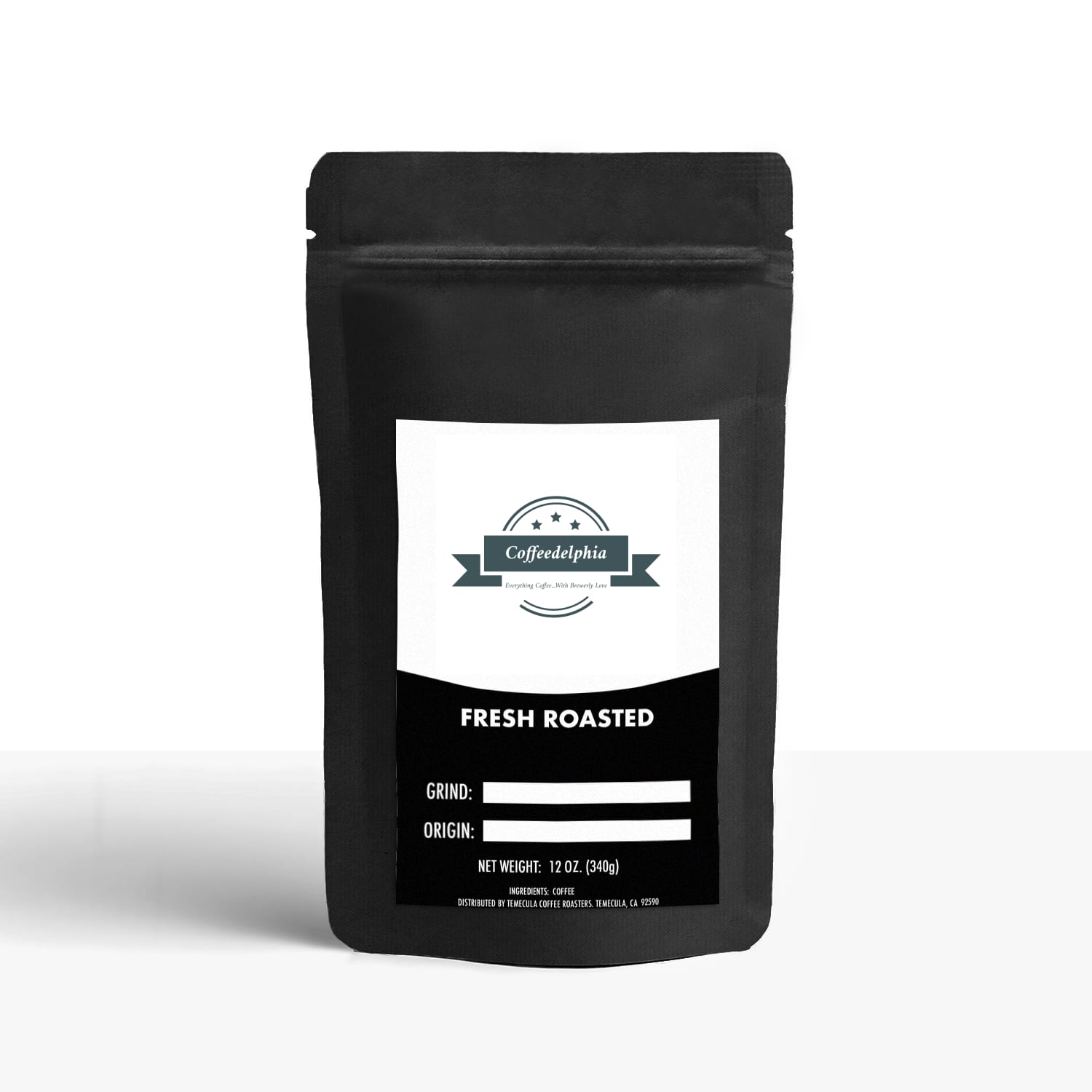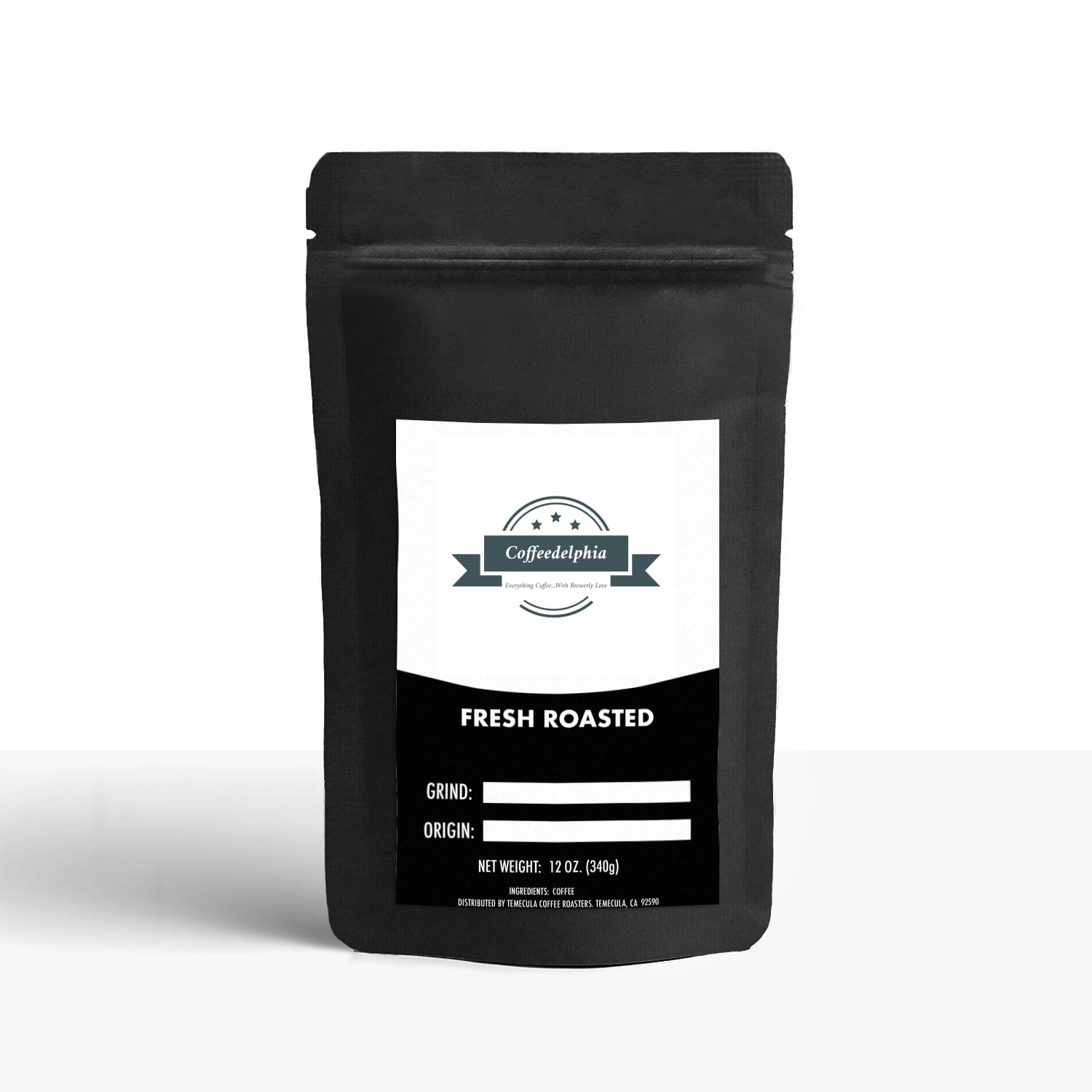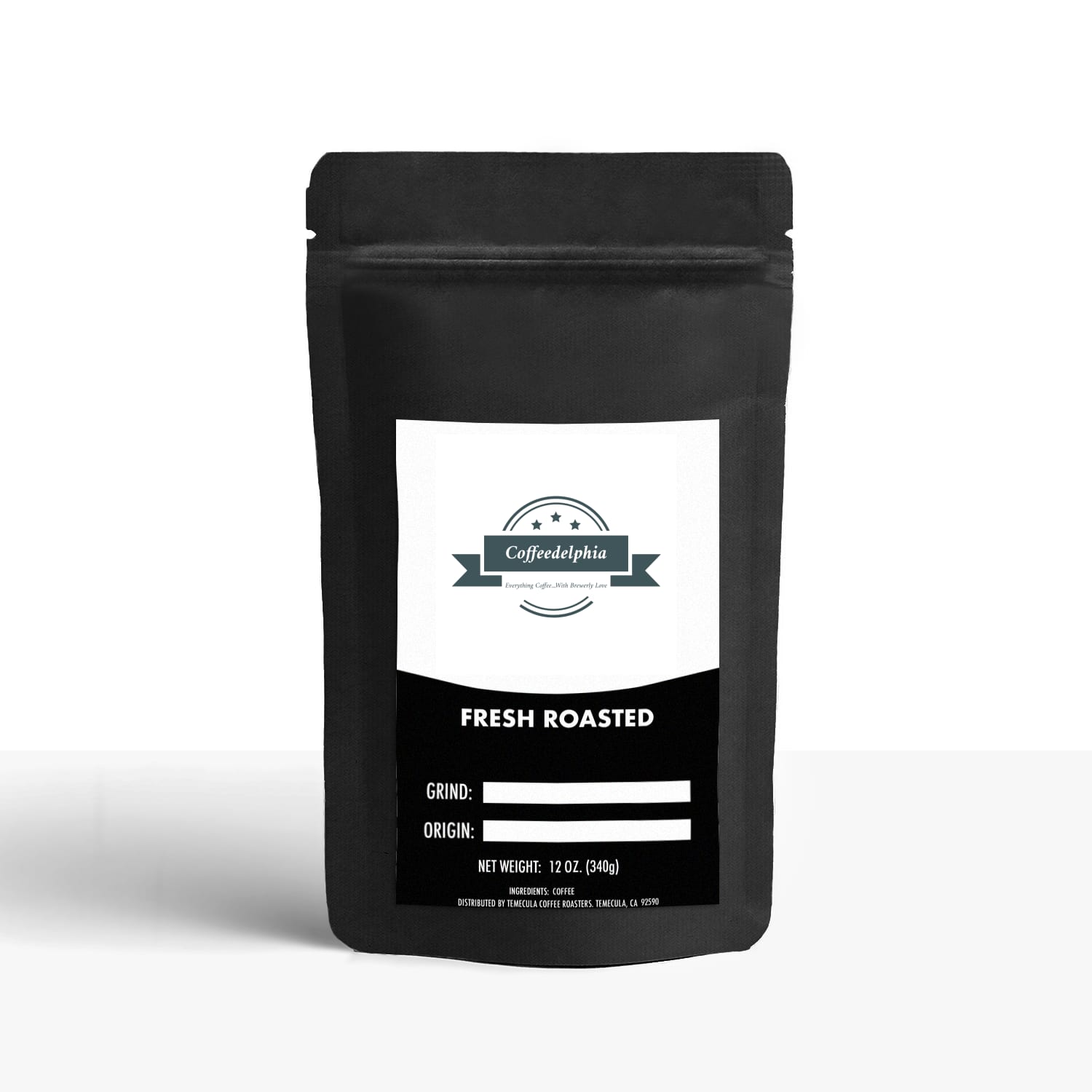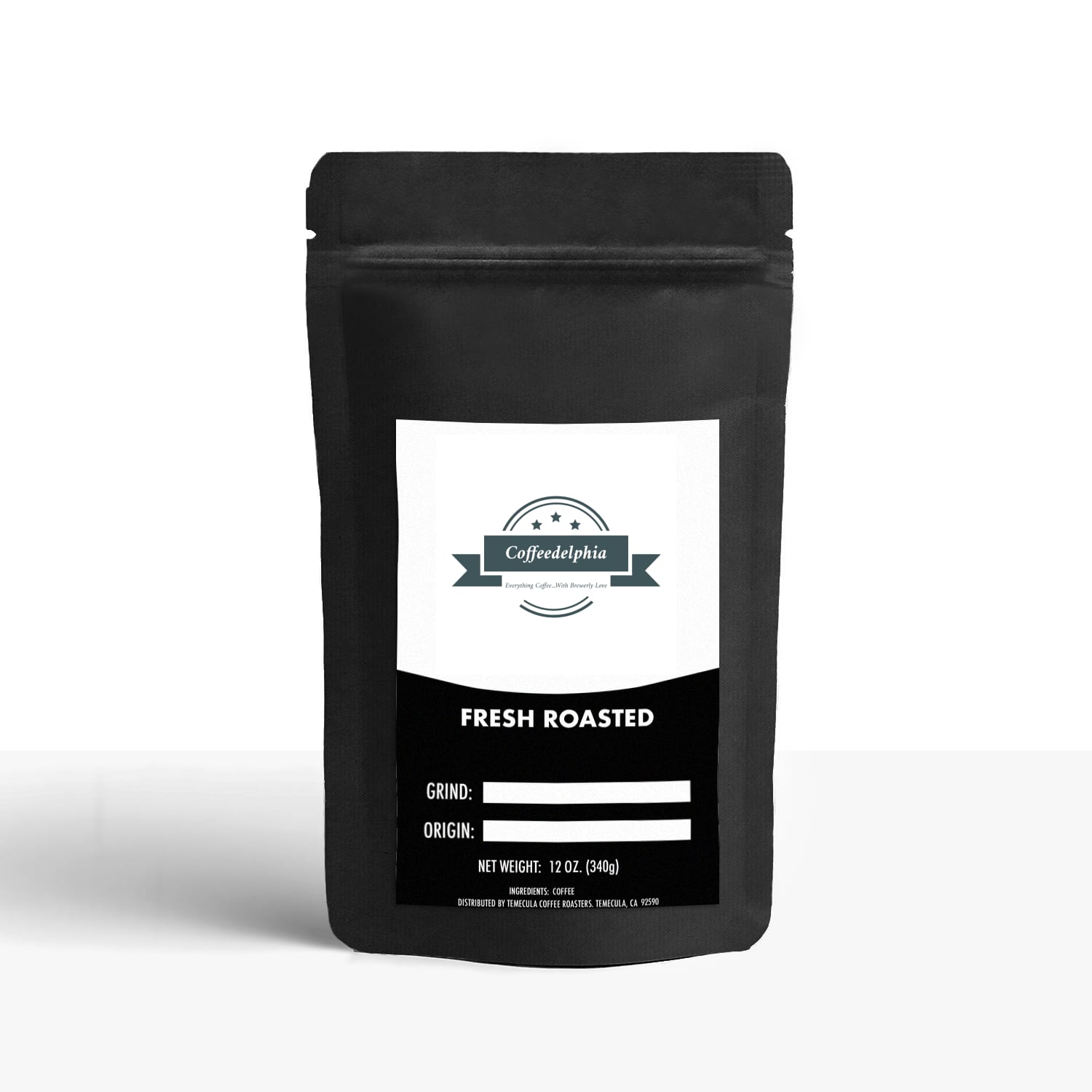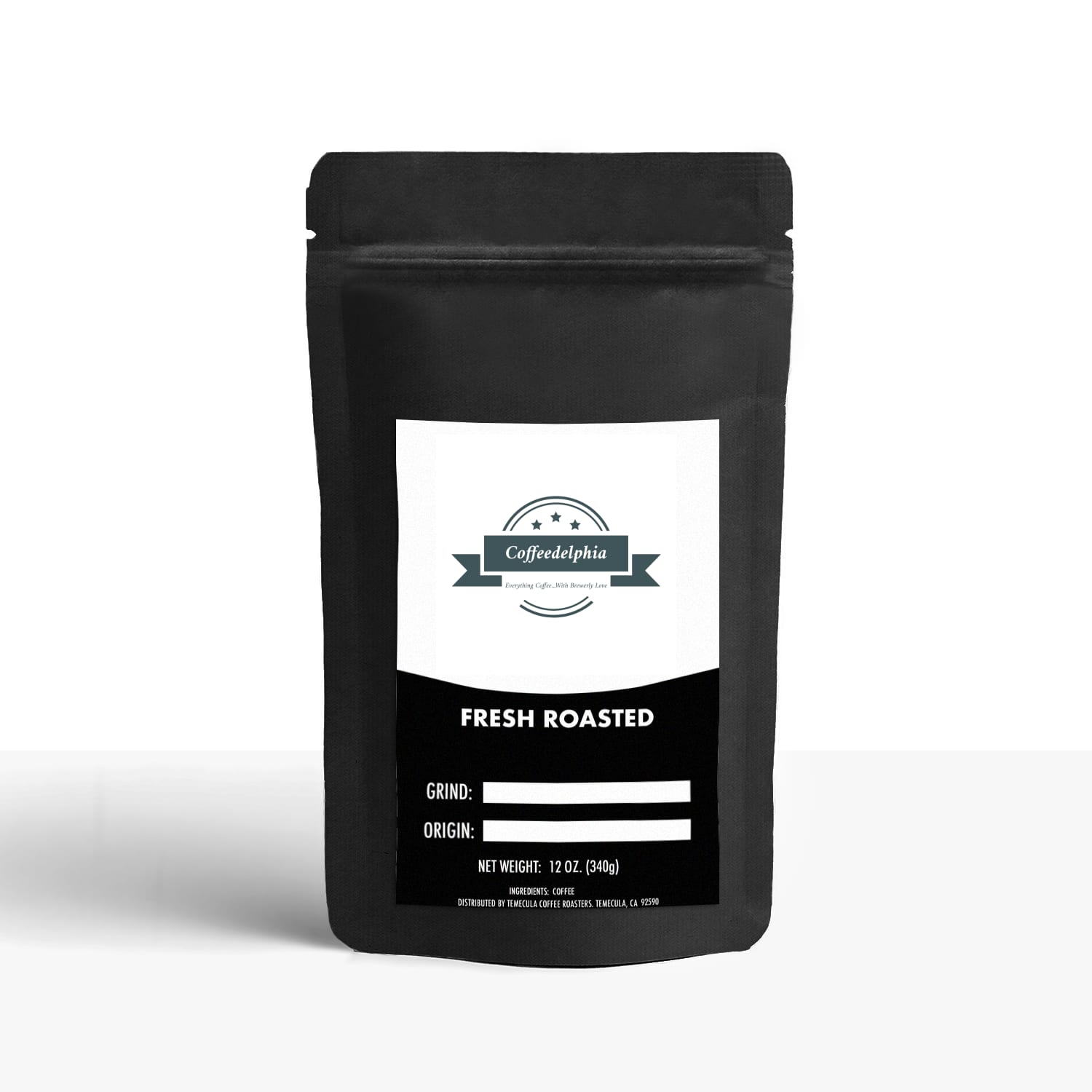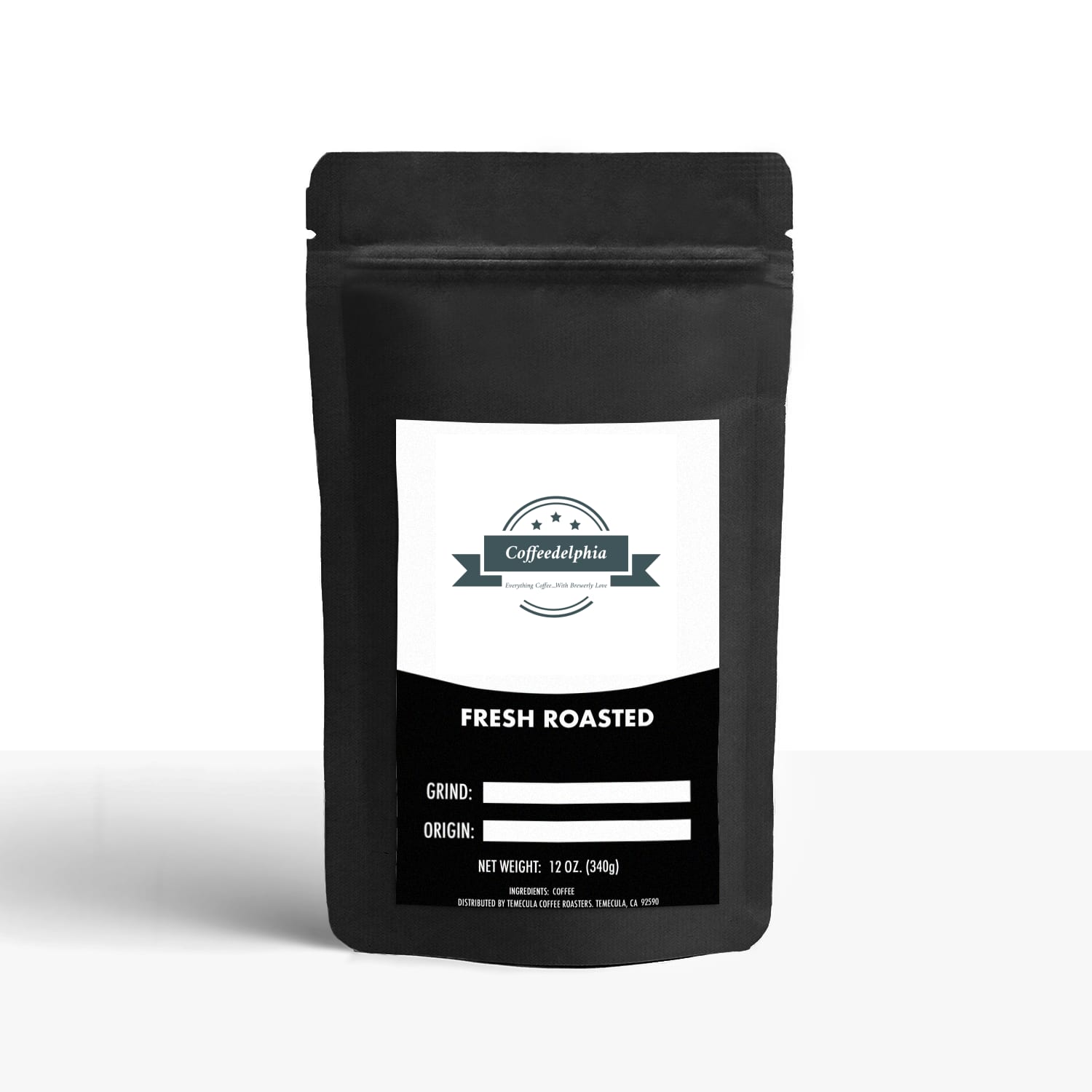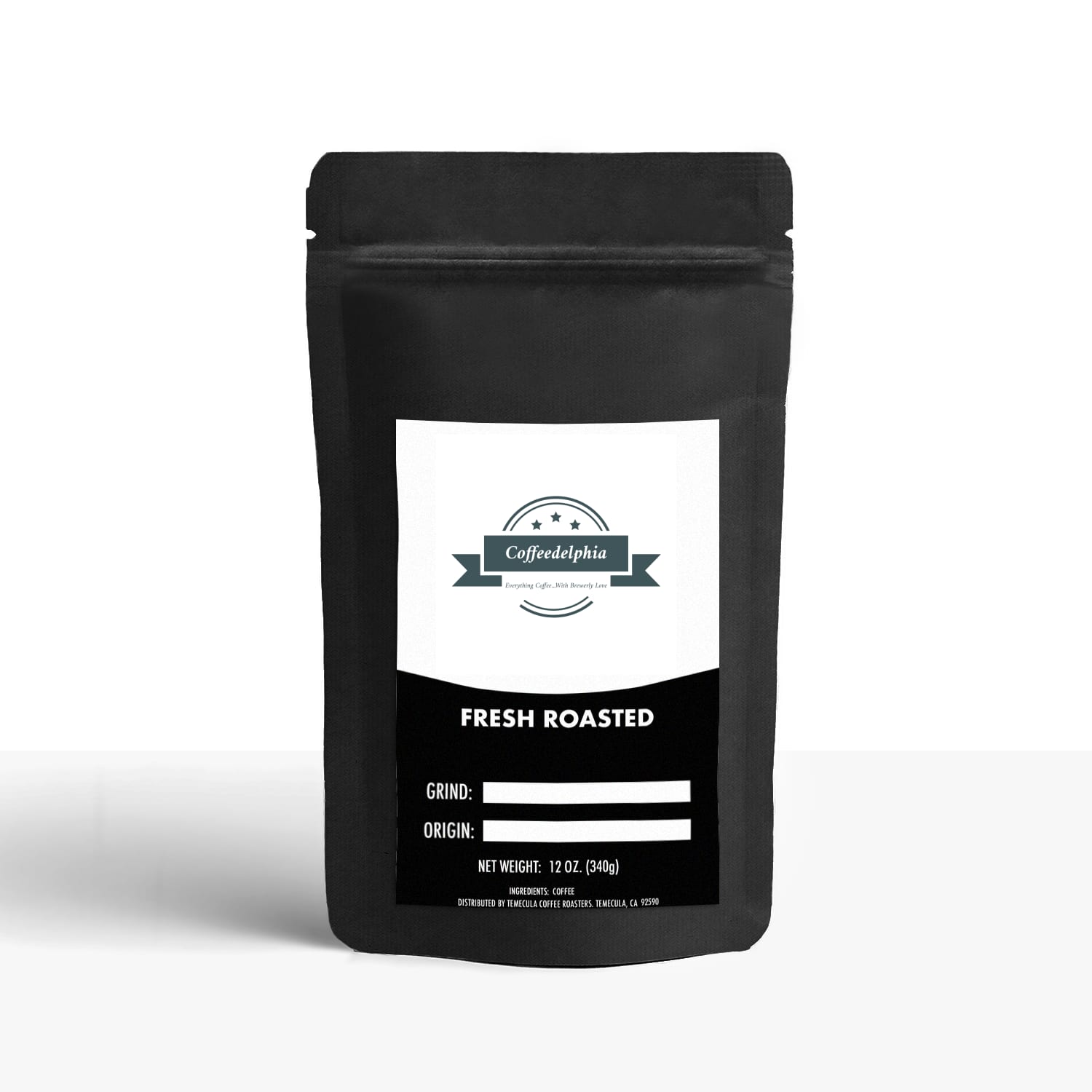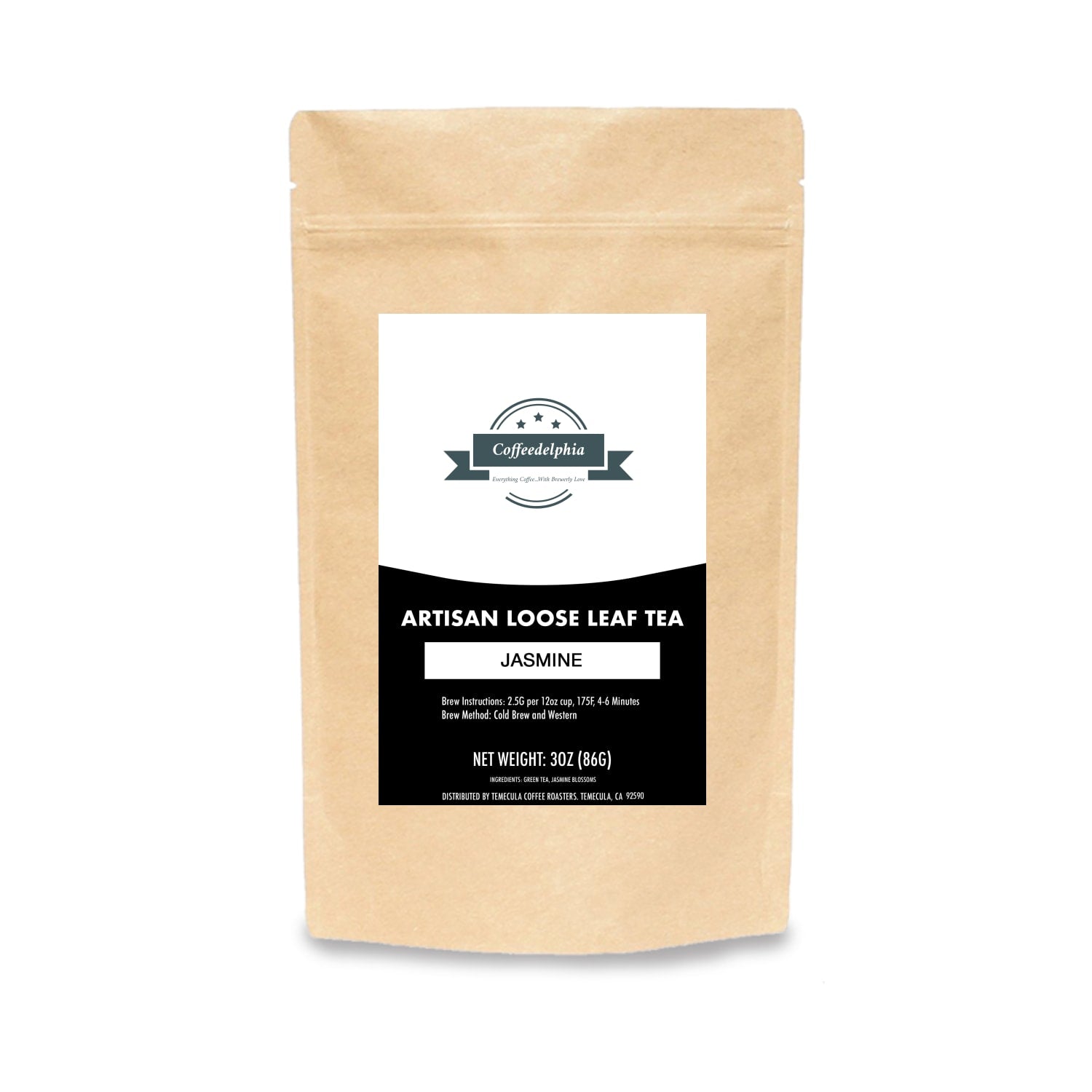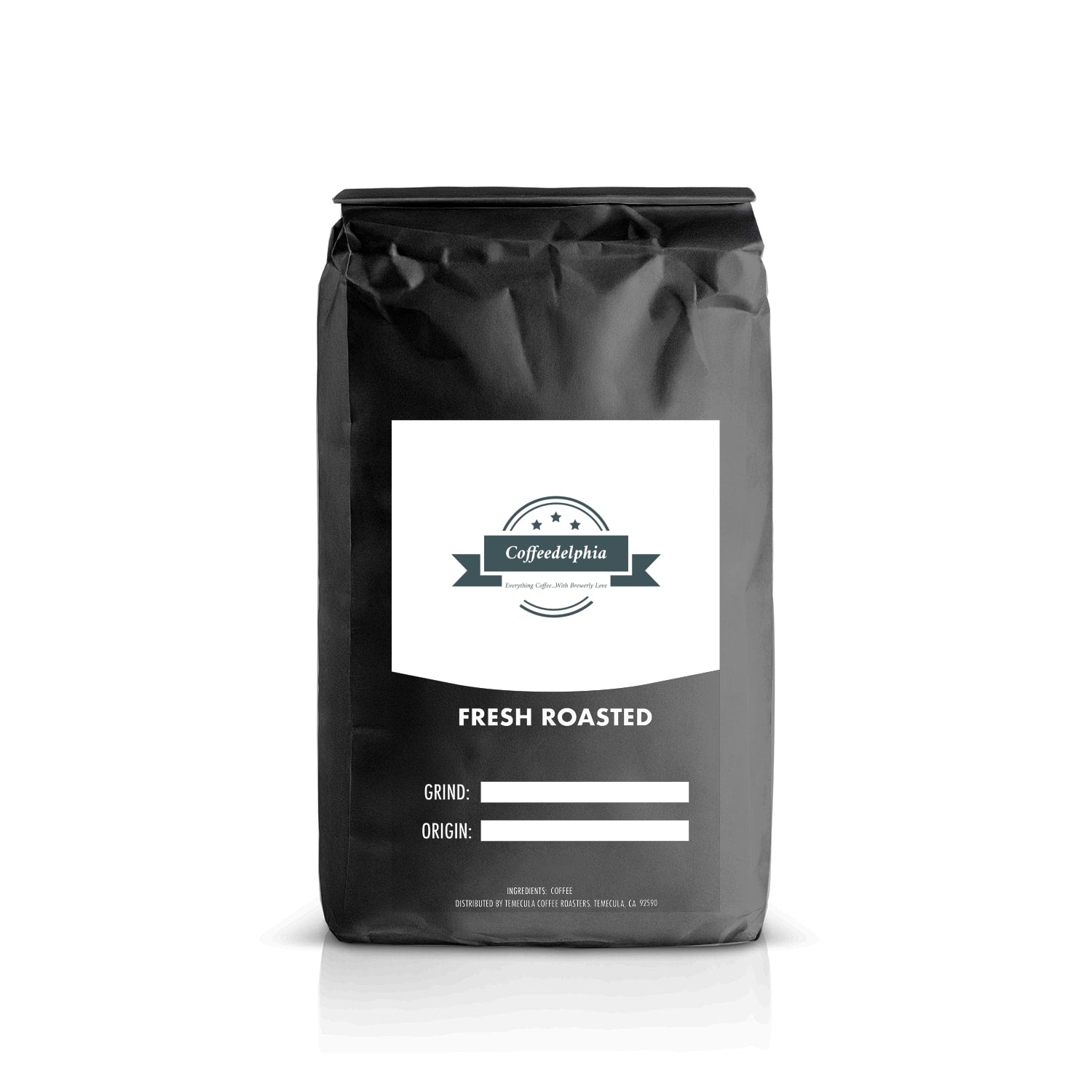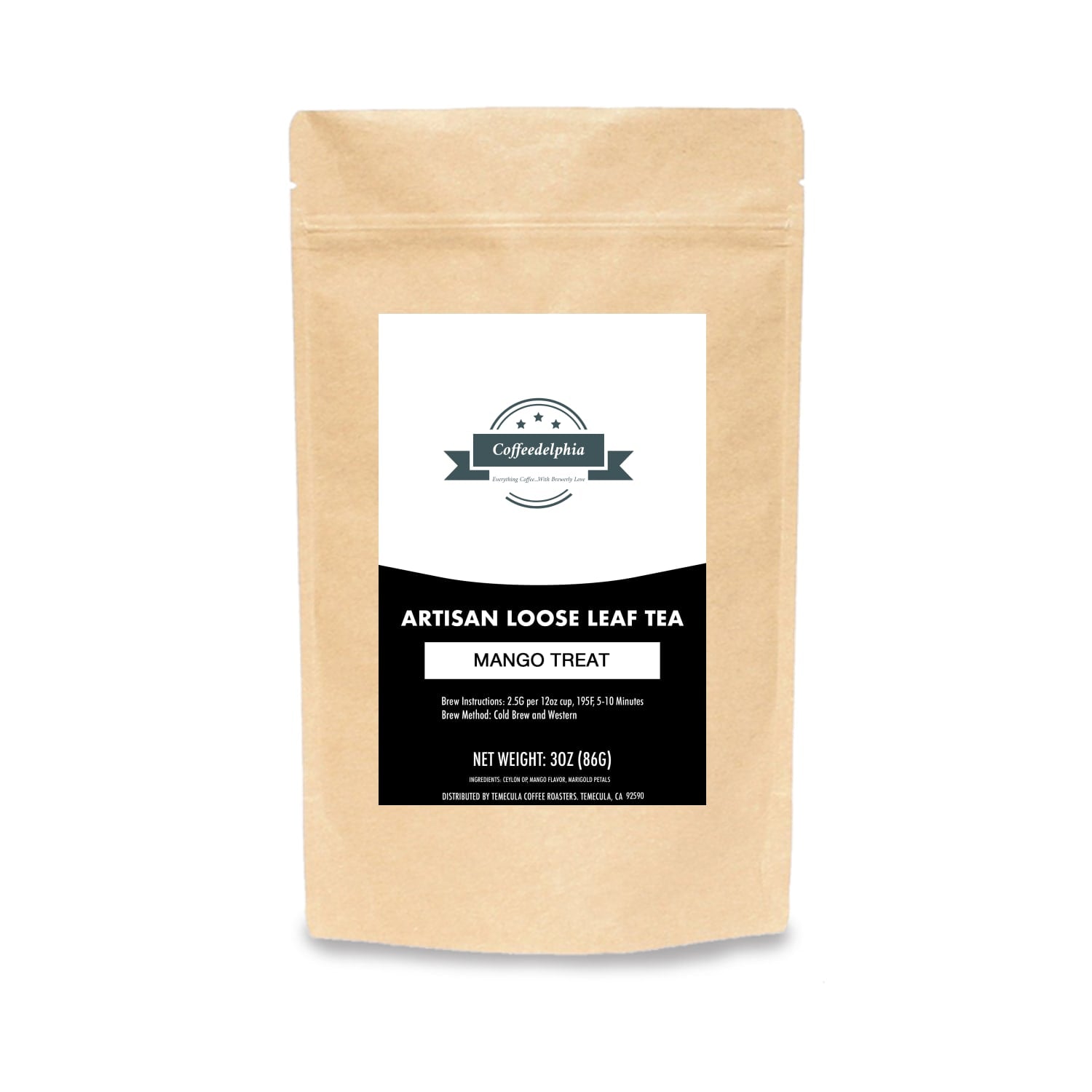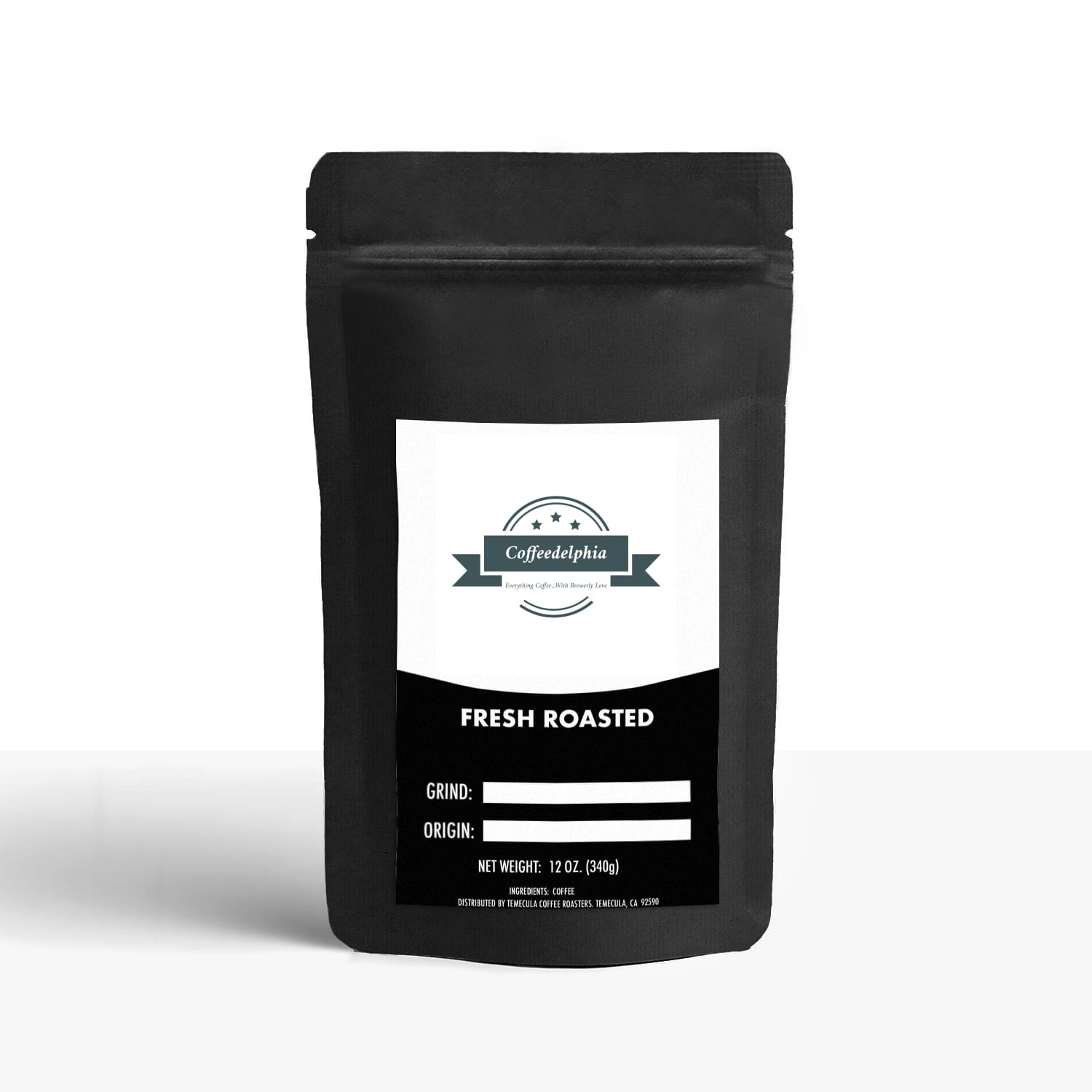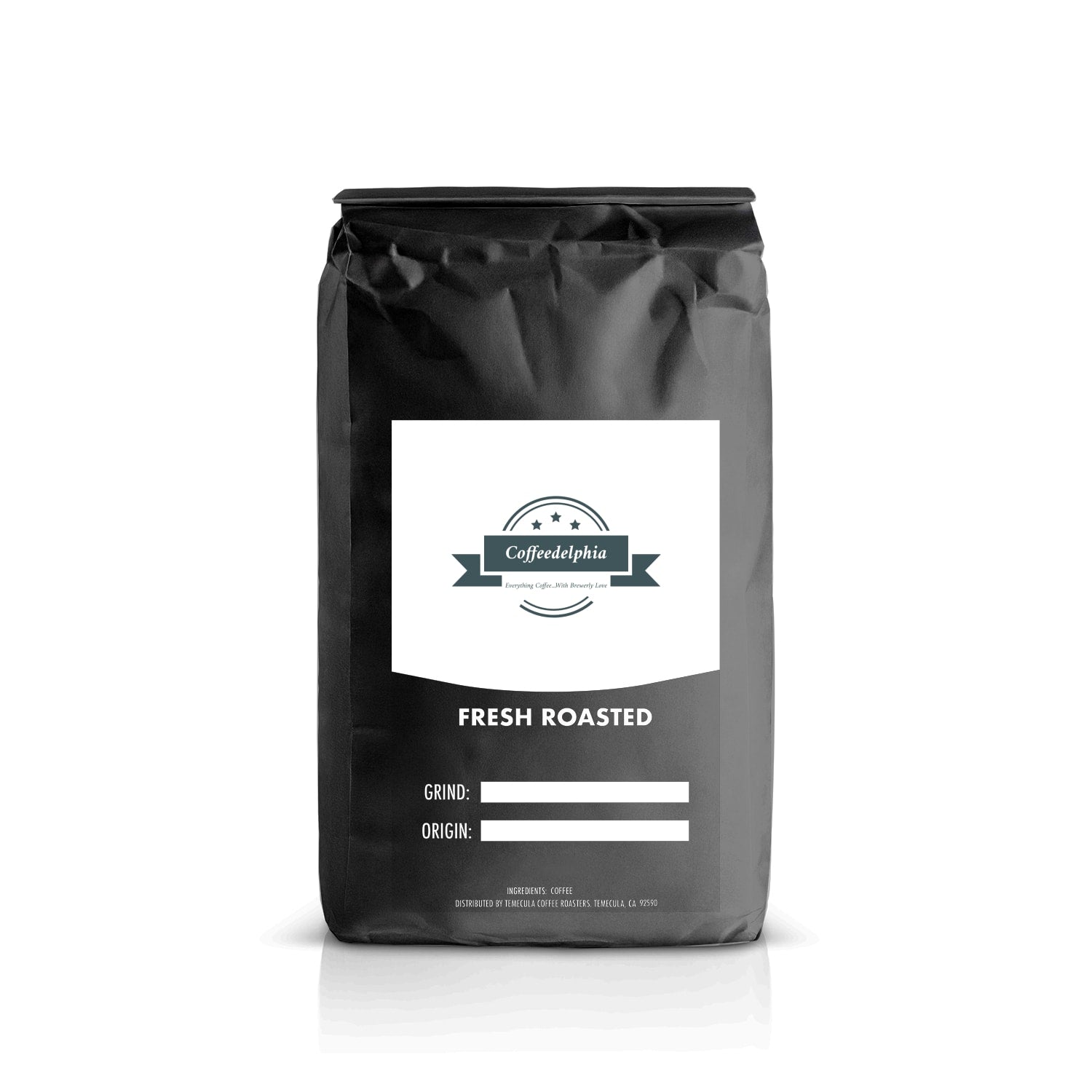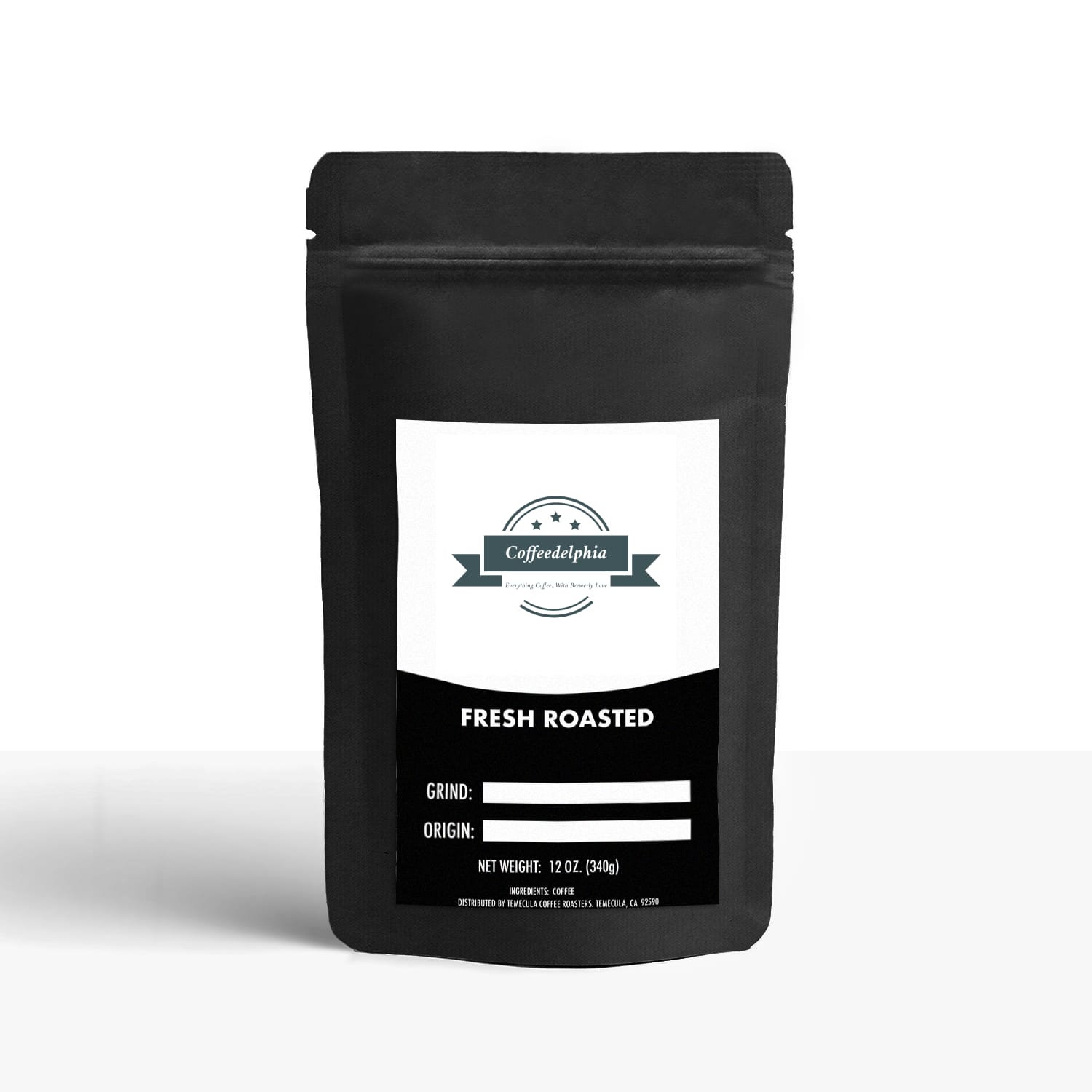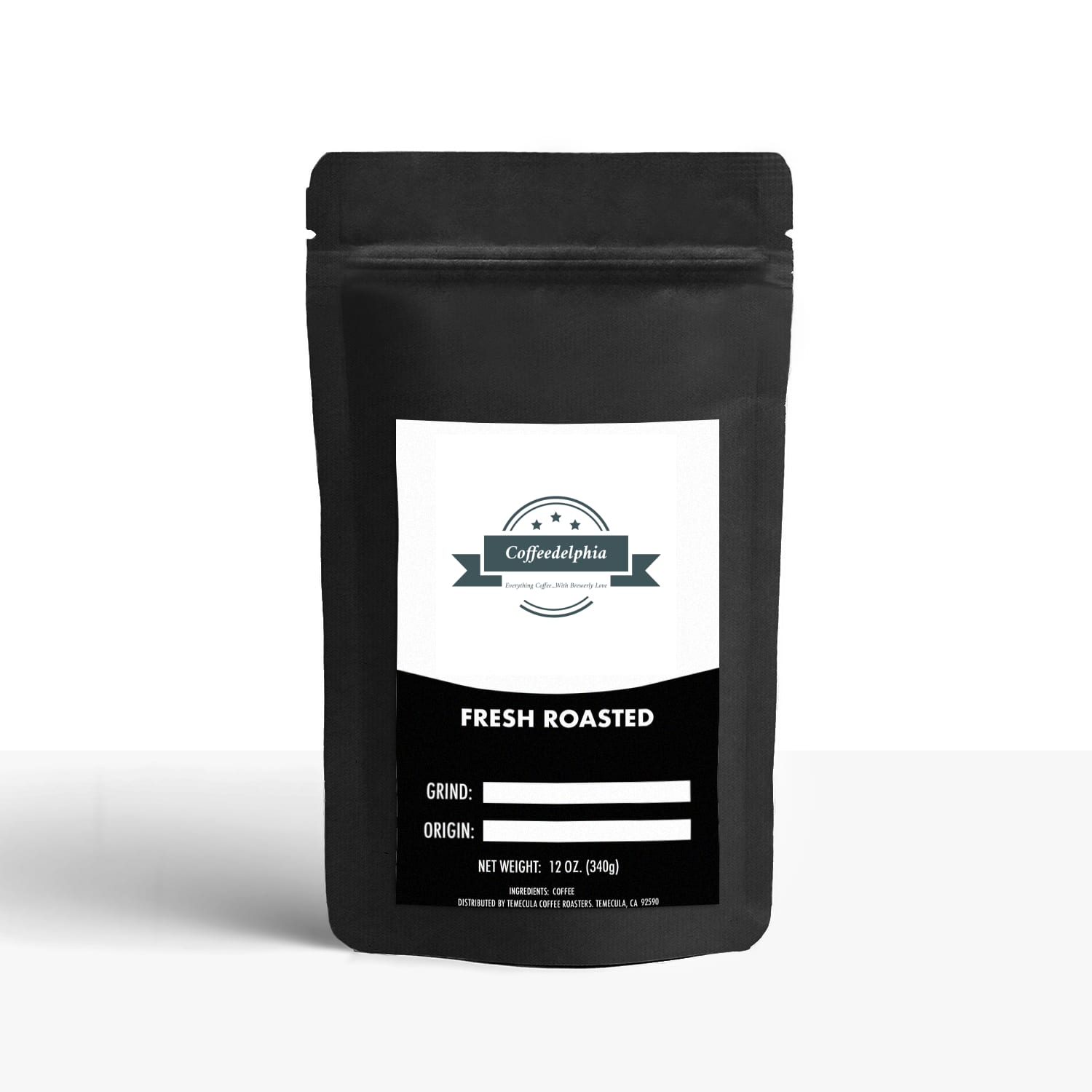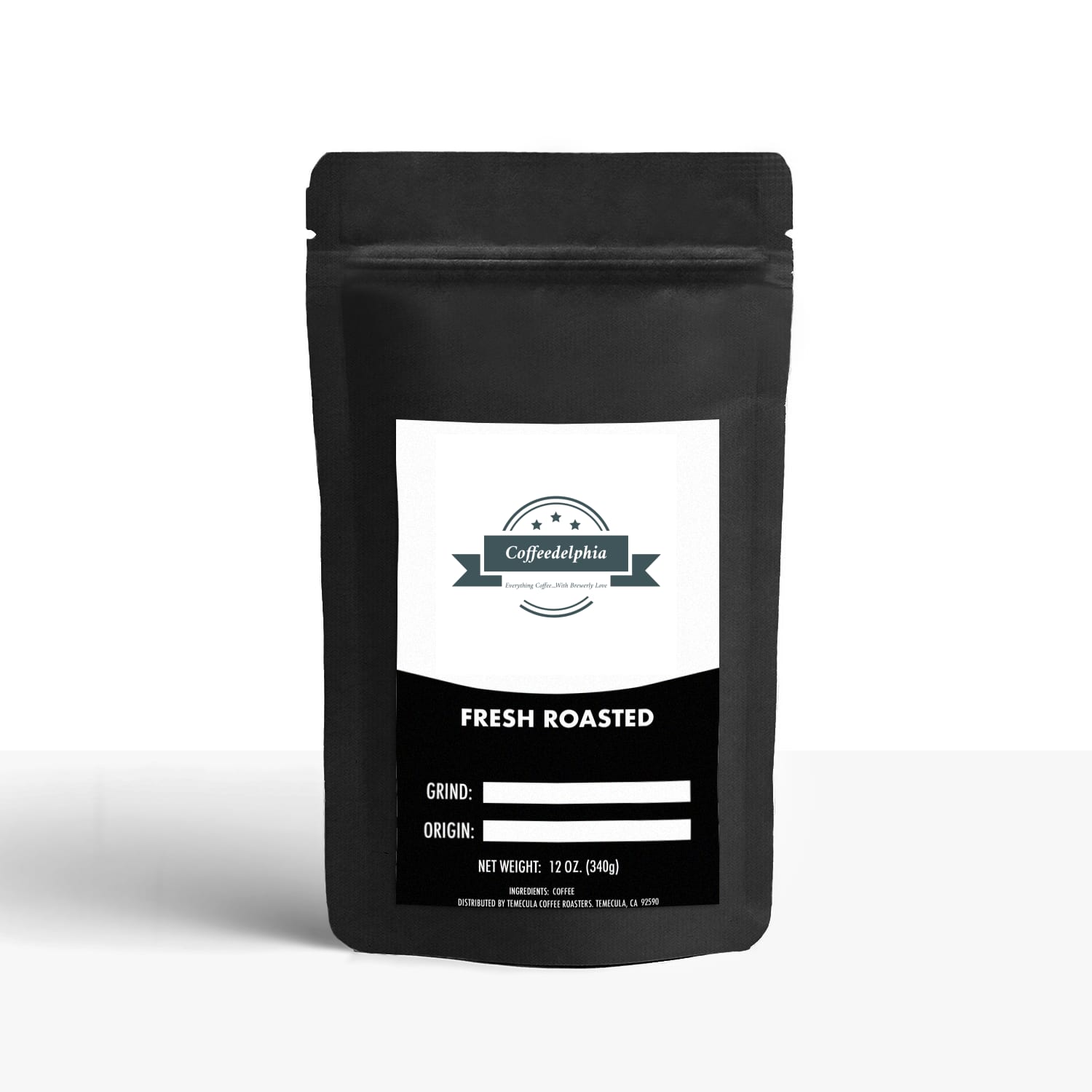
What Is Flavored Coffee? A Beginner's Guide

If you've ever walked down the coffee aisle and felt overwhelmed by the sheer variety of options, you're not alone. From bags of beans promising the taste of pumpkin spice to a rainbow of liquid creamers, the world of flavored coffee can seem vast and confusing. What exactly is it? How is it made? And most importantly, how do you find a flavor you'll love?
This guide is designed for beginners who are curious about adding a little extra zest to their daily cup. We'll explore what flavored coffee is, the different methods used to create it, and how you can find the perfect flavor to suit your taste. By the end, you'll have the confidence to navigate the coffee aisle and brew a cup that's uniquely you.
What is a Coffee Flavor?
At its core, a coffee flavor refers to any taste that is added to coffee beans or ground coffee after the roasting process. Unlike the natural tasting notes inherent in the beans themselves—which come from the soil, climate, and processing method—these flavors are introduced artificially or naturally to create a specific taste profile.
The journey of flavouring coffee isn't a new one. For centuries, people have been adding spices like cardamom and cinnamon to their coffee grounds for extra warmth and aroma. However, the modern flavored coffee boom started in the 1970s, when roasters began experimenting with adding oils and syrups to beans to mask the taste of lower-quality coffee.

Today, the industry has evolved significantly. High-quality arabica beans are now the standard base for most flavoured coffees, ensuring that the added flavours complement the coffee's natural profile rather than overpowering it. The result is a balanced, aromatic, and satisfying cup that can transport you to a cosy café or a tropical paradise with a single sip.
Flavours can range from simple classics like French Vanilla and Hazelnut to more creative and seasonal options like Peppermint Mocha or Maple Pecan.
How to Flavor Coffee Beans
Have you ever wondered how your favorite hazelnut coffee gets its distinct, nutty aroma? The process of flavoring coffee beans is a careful art and science that typically happens right after roasting, which is the perfect time for the beans to absorb new aromas. There are a few common methods used by roasters to infuse beans with delicious flavors.
Flavoring with Oils
The most common method involves using synthetic or natural flavoring oils. After the coffee beans have been roasted and are cooling, they are placed in a large mixer. As the beans tumble, a carefully measured amount of flavored oil is sprayed over them.
The porous nature of the freshly roasted beans allows them to soak up the oils and their corresponding aromas.
- Synthetic Oils : These are chemically created to mimic natural flavors. They are often more stable, consistent, and cost-effective, which makes them a popular choice for large-scale production.
- Natural Oils : These are extracted directly from the source, such as vanilla beans or cinnamon bark. While they can provide a more authentic and nuanced flavor, they are typically more expensive and can be less consistent.
This process ensures that each bean is evenly coated, resulting in a consistent flavor profile throughout the entire batch.
Adding Spices and Powders
Another, more traditional method is to mix whole or ground spices directly with the coffee beans. This can be done by the roaster after roasting, or you can even do it at home. Spices like cinnamon sticks, cloves, cardamom pods, or even dried cocoa powder can be added to the beans. Over time, the natural oils from the spices will infuse into the coffee beans.
This method often results in a more subtle and natural flavor compared to using concentrated oils. It’s a great way to experiment with different flavor combinations and find what you enjoy most.
Using Syrups
While less common for flavoring whole beans before packaging, some roasters use sugar-based syrups to coat the beans. This method can add both flavor and a touch of sweetness. The syrup is sprayed onto the beans while they are still warm, creating a thin, flavorful coating as they cool. However, this method can sometimes lead to a sticky residue on the beans, which might not be ideal for all coffee grinders.
How to Flavor Coffee at Home

You don't need to be a professional roaster to enjoy a delicious cup of flavored coffee. Creating your own custom brew at home is easy, fun, and allows you to control the intensity and type of flavor. Here are a few simple methods to try:
1. Infuse Your Coffee Grounds
One of the easiest ways to flavor your coffee is to add spices or extracts directly to the ground coffee before brewing.
- Ground Spices : Mix a pinch of your favorite ground spice, like cinnamon, nutmeg, or cardamom, into your coffee grounds. Start with a small amount (about 1/8 to 1/4 teaspoon per 6 ounces of coffee) and adjust to your liking.
- Extracts : Add a few drops of a pure extract, such as vanilla, almond, or peppermint, to your coffee grounds. Stir well to distribute the flavor evenly before brewing.
2. Add Flavor to Your Whole Beans
If you prefer to grind your own beans, you can infuse them with flavor before grinding.
- Whole Spices : Place your coffee beans in an airtight container with a few cinnamon sticks, a vanilla bean, or a handful of cardamom pods. Let the container sit for a few days to a week, shaking it occasionally. The beans will slowly absorb the aroma of the spices.
3. Use Flavored Syrups
Just like in a coffee shop, you can add flavored syrups to your brewed coffee. This gives you the most control over the sweetness and flavor intensity. You can buy pre-made syrups or even make your own at home by dissolving sugar in water and adding your desired flavor extracts.
A Guide to Coffee Mate Flavors

When it comes to easily adding flavour and creaminess to your coffee at home, Coffee Mate flavours are a household name. This popular brand of coffee creamer offers a vast and ever-changing lineup of options, making it simple to transform your daily cup into a special treat.
From classic favourites to seasonal specialities, Coffee Mate provides a convenient way to explore the world of flavoured coffee without any extra steps in the brewing process.
The appeal of Coffee Mate lies in its simplicity and variety. Whether you prefer a liquid creamer or a powder, there’s likely a flavor that will catch your eye. Some of the most popular and enduring flavors include:
- French Vanilla : A timeless classic, offering a smooth, creamy, and sweet vanilla flavor that complements any coffee roast.
- Hazelnut : Another fan favorite, providing a rich, nutty taste that adds warmth and depth to your brew.
Beyond these staples, Coffee Mate is known for its exciting seasonal and limited-edition releases. Around the holidays, you might find flavors like Peppermint Mocha or Pumpkin Spice. They also collaborate with brands like Snickers or Toll House to create unique, dessert-inspired creamers.
This constant innovation keeps the experience fresh and gives you a reason to look forward to new additions in the grocery store aisle. Using a creamer like Coffee Mate is an excellent starting point for anyone new to flavored coffee.
Finding the Best Flavored Coffee for You

With so many options available, finding the best flavored coffee can feel like a delicious but daunting quest. The "best" choice is ultimately subjective and depends entirely on your personal preferences. However, here are a few tips to help you navigate the options and discover your new favorite.
Start with High-Quality Beans
The foundation of any great cup of flavored coffee is the coffee itself. Look for brands that use 100% Arabica beans. These beans are known for their smooth, less bitter taste, which provides a perfect canvas for added flavors. Cheaper Robusta beans can be harsh and may be used to mask low-quality coffee with overpowering artificial flavors.
Consider the Flavor Intensity
Think about whether you prefer a subtle hint of flavor or a bold, pronounced taste.
- For a subtle flavor : Look for coffees flavored with natural spices or those described as having "notes" or "hints" of a flavor. Light and medium roasts often allow these delicate flavors to shine through.
- For a bold flavor : Coffees flavored with oils will typically have a stronger aroma and taste. These are great if you want your chosen flavor to be front and center.
Experiment with Different Roasts
The roast level of the coffee bean can significantly impact the overall taste experience.
- Light Roasts : These have a brighter, more acidic profile that can pair well with fruity or floral flavors.
- Medium Roasts : This is the most common choice for flavored coffee, as its balanced profile complements a wide range of flavors, from nutty to sweet.
- Dark Roasts : With their bold, smoky, and rich character, dark roasts are a great match for deep flavors like dark chocolate, caramel, and toasted nuts.
Don't Be Afraid to Try Something New
Part of the fun of exploring flavored coffee is stepping out of your comfort zone. If you usually go for vanilla, maybe try a maple or butterscotch flavor next time. Many roasters offer sample packs or smaller bags, which are a great low-commitment way to try new things.
A Healthier Approach to Your Brew
Creating a flavorful and satisfying coffee experience doesn't always have to rely on sugary creamers or artificial syrups. There are plenty of ways to enhance your coffee that can be both delicious and health-conscious. By using natural ingredients, you can add complex flavors without excess calories or processed additives.
For instance, a single cinnamon stick dropped into your coffee pot while brewing can impart a warm, sweet spice that enhances the coffee's natural notes. A few whole cloves can add a festive, aromatic quality perfect for a cold morning.
If you enjoy a touch of chocolate, a spoonful of unsweetened cocoa powder mixed into your grounds will give your coffee a rich, mocha-like depth without the sugar.
For a hint of sweetness and flavor, consider a small drop of pure vanilla or almond extract. These potent extracts pack a lot of flavor in a tiny amount. By experimenting with these natural additions, you can craft a personalized cup of coffee that is both delightful and aligned with a healthier lifestyle.
Frequently Asked Questions
Is flavored coffee bad for you?
Flavored coffee itself is generally not bad for you. Most flavoured beans contain a negligible amount of calories, sugar, or fat from the flavouring oils. Health concerns typically arise from what is added to the coffee after brewing, such as sugar, sweetened creamers, and syrups. If you enjoy the taste of flavored coffee, you can keep it healthy by drinking it black or with a splash of unsweetened milk.
Does flavored coffee break a fast?
For those practicing intermittent fasting, the answer is generally no. A cup of black, flavoured coffee contains very few calories (typically under 5), which is insufficient to trigger a significant metabolic response that would break a fast. As long as you are not adding any sugar, cream, or other calorie-dense ingredients, you can usually enjoy flavored coffee during your fasting window.
